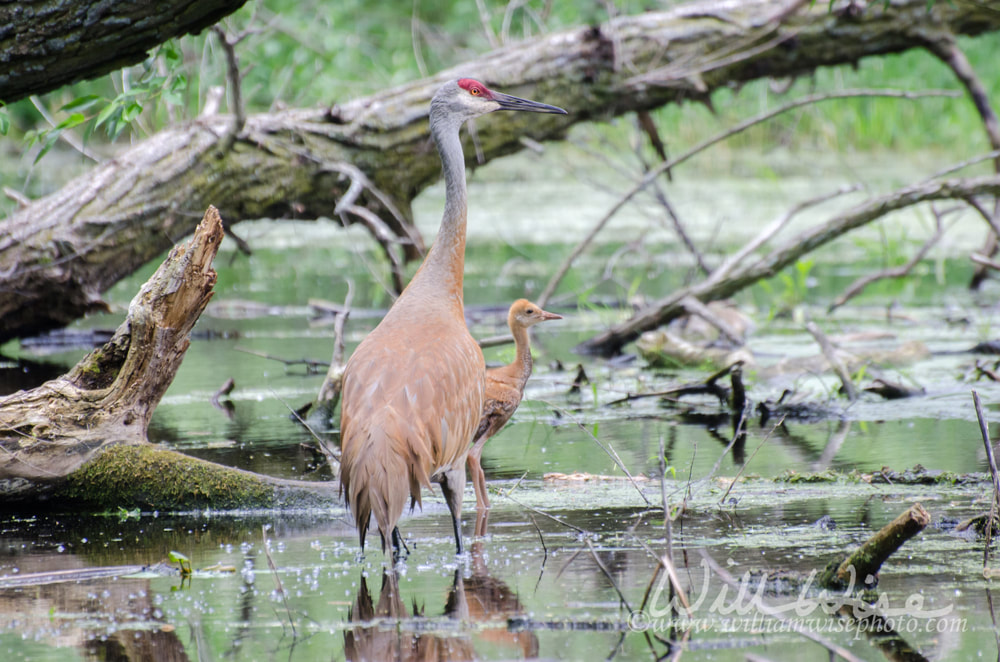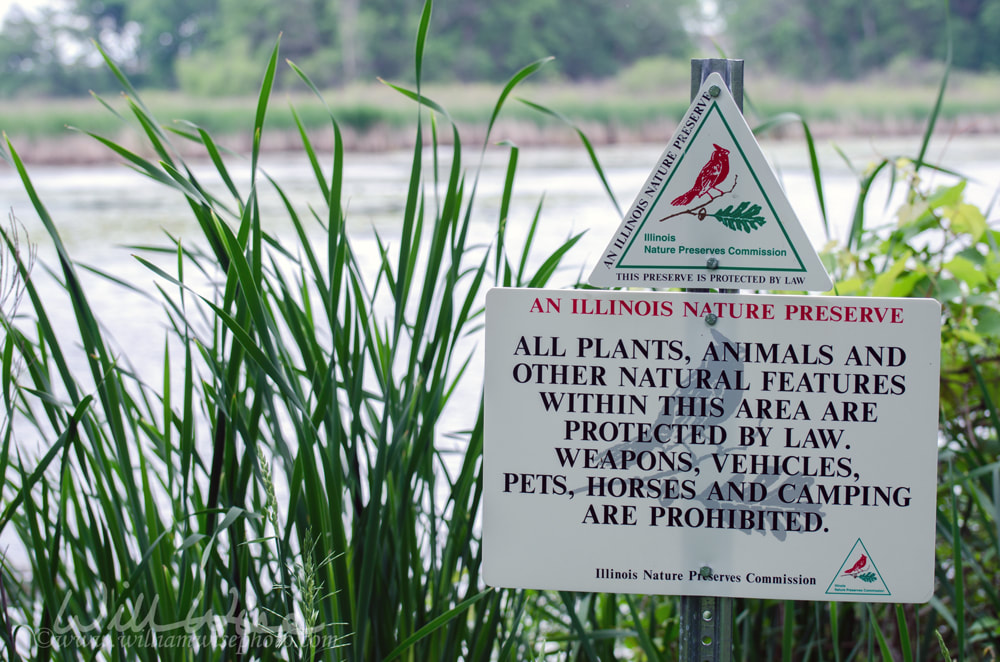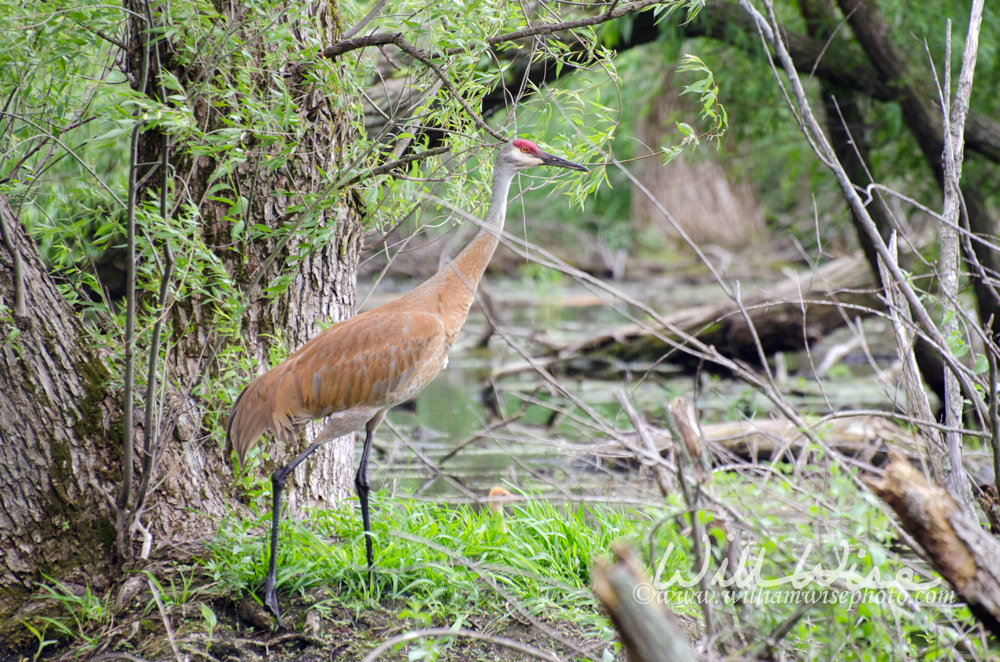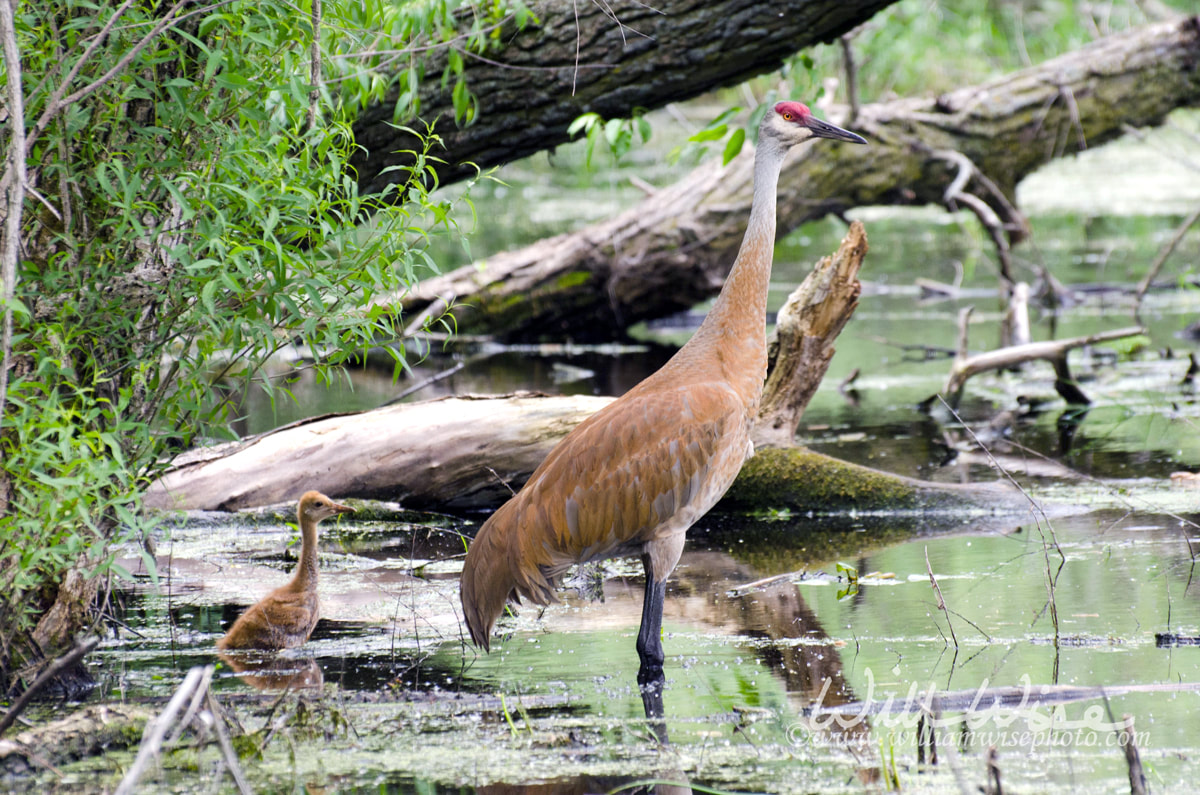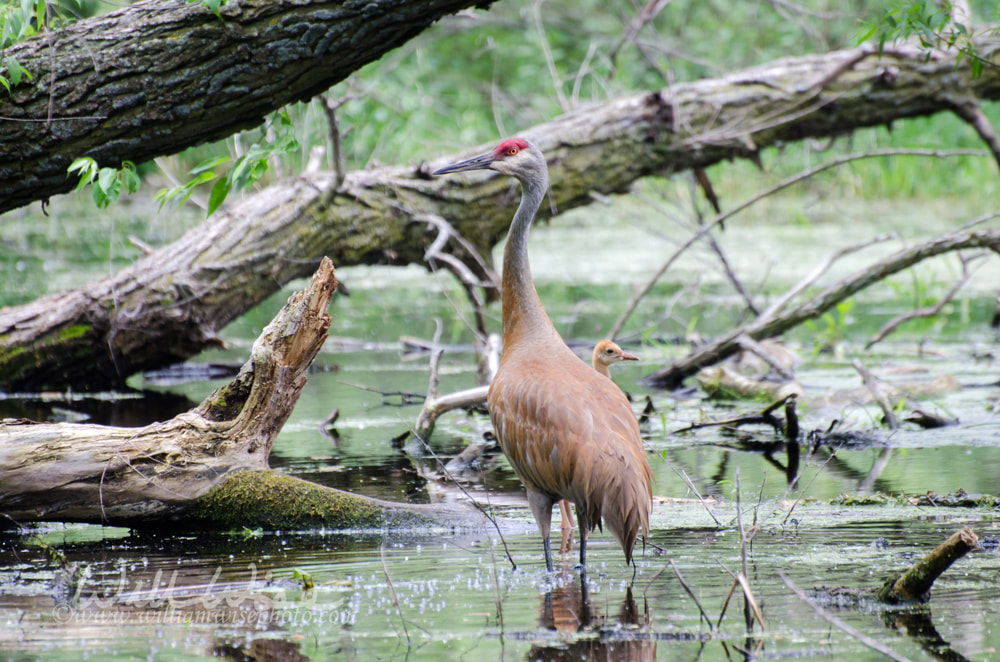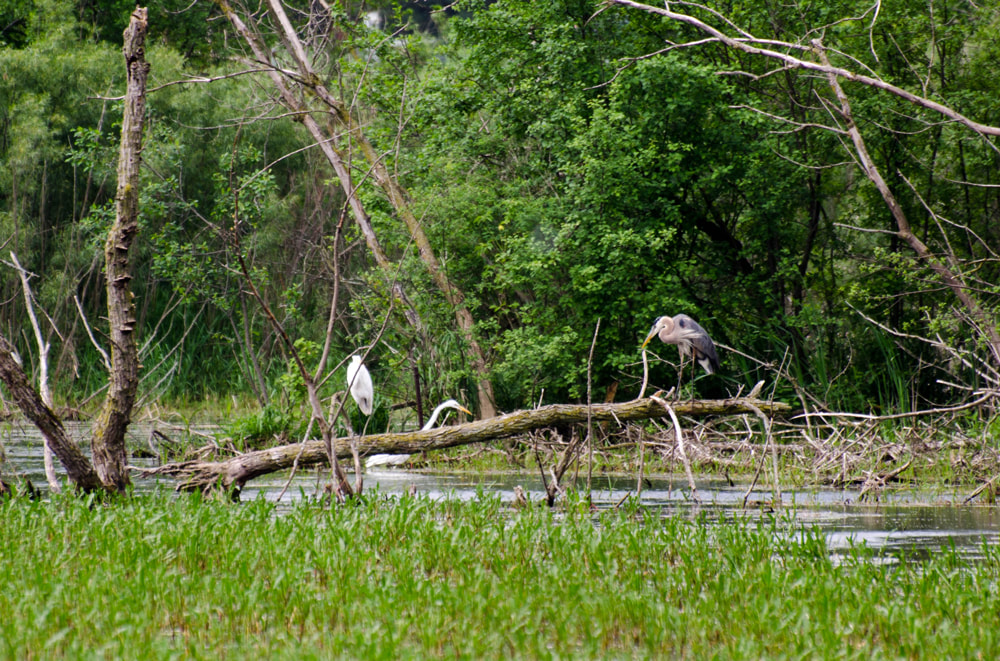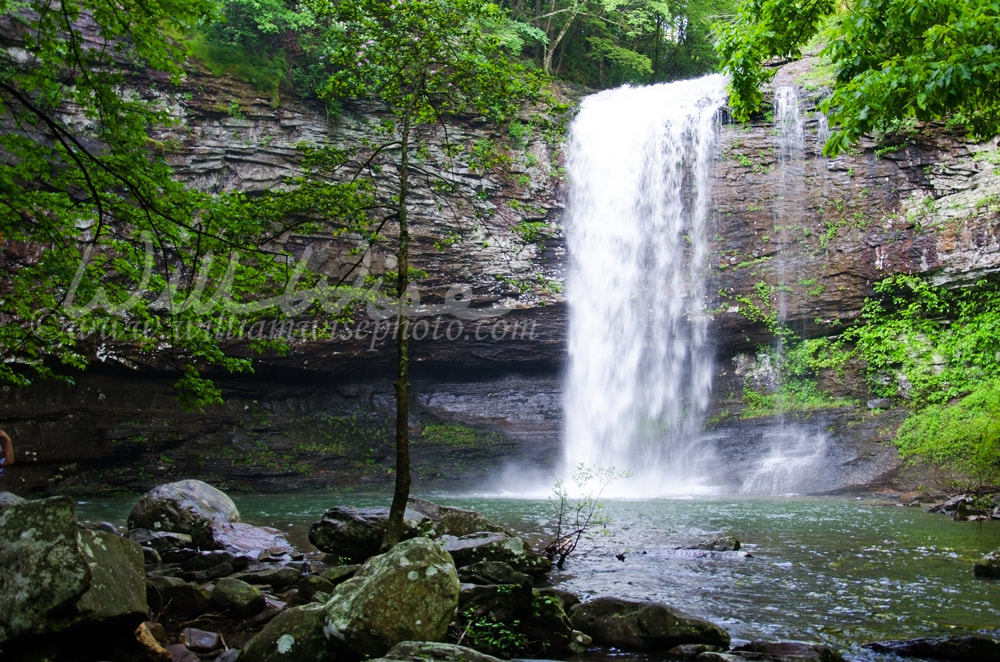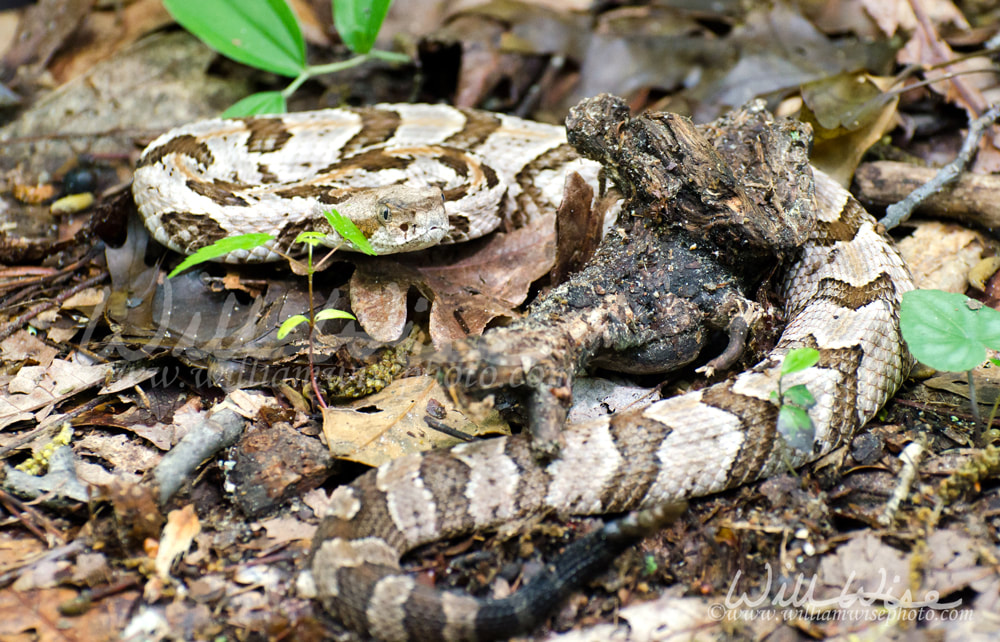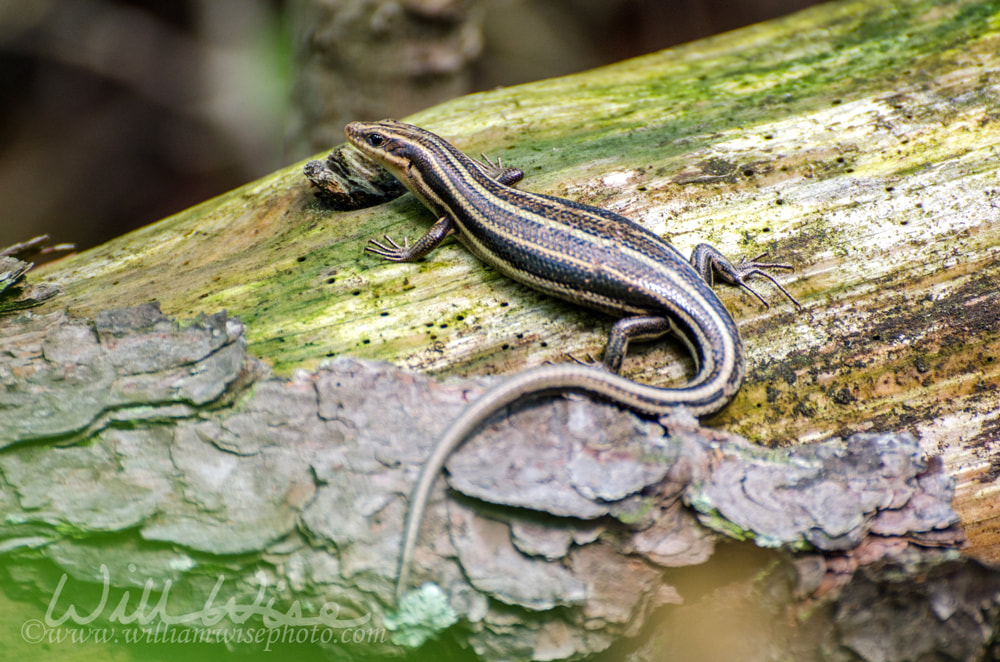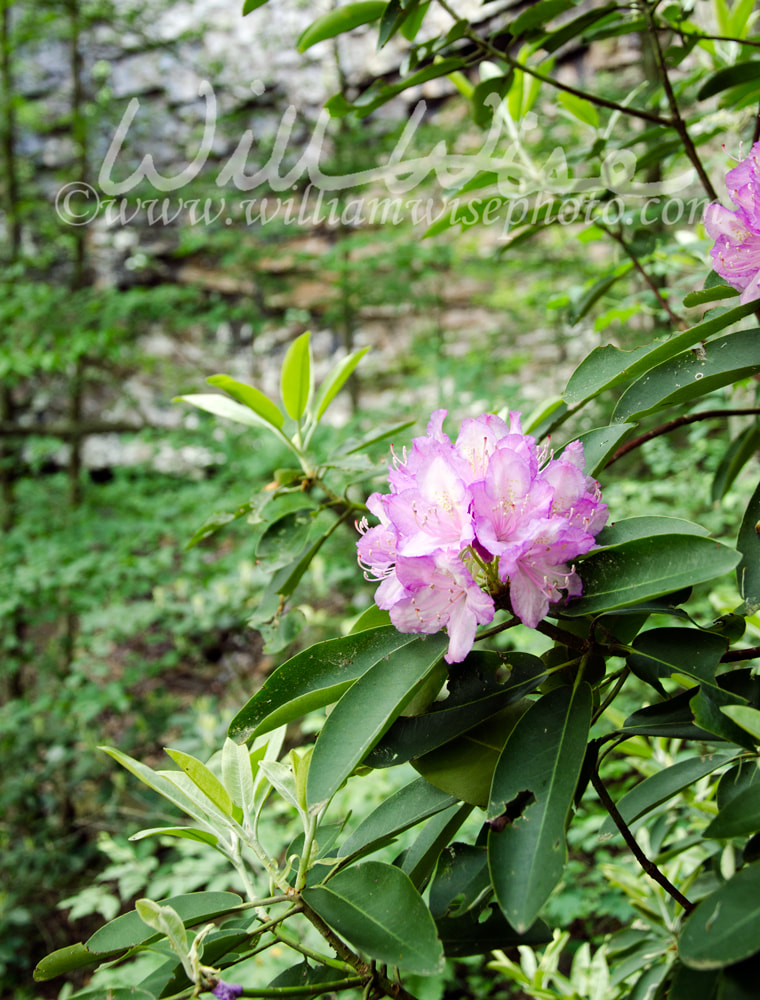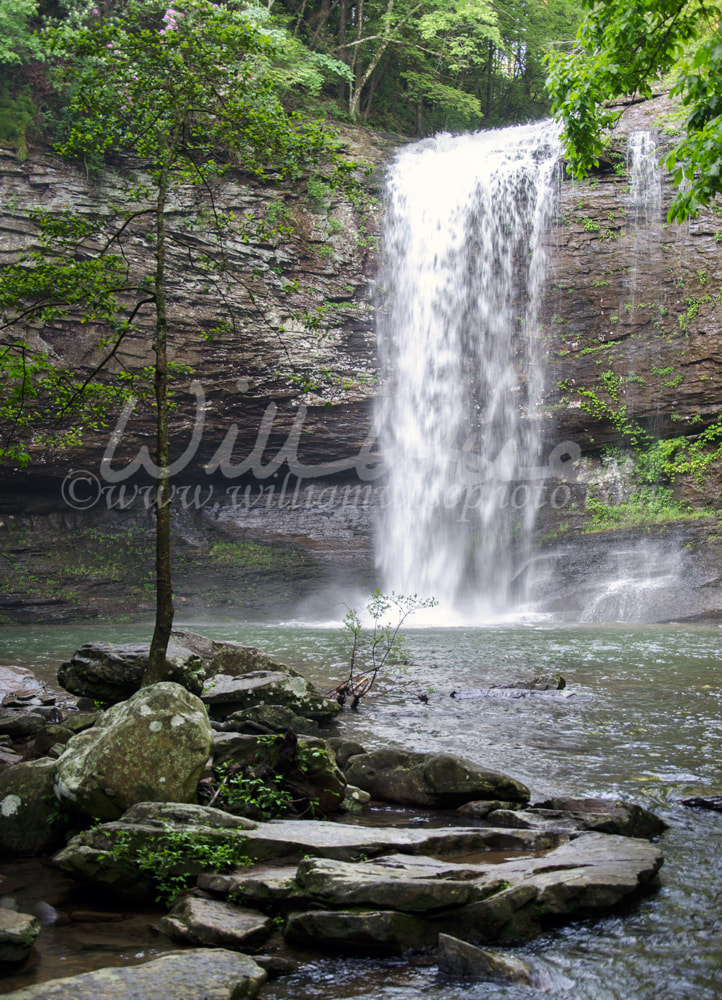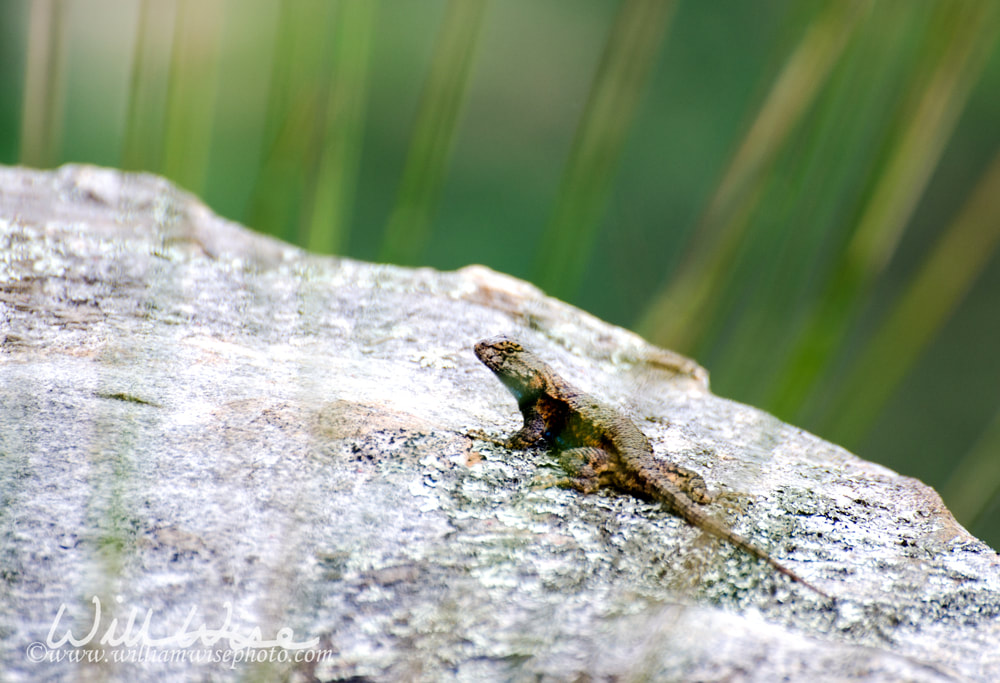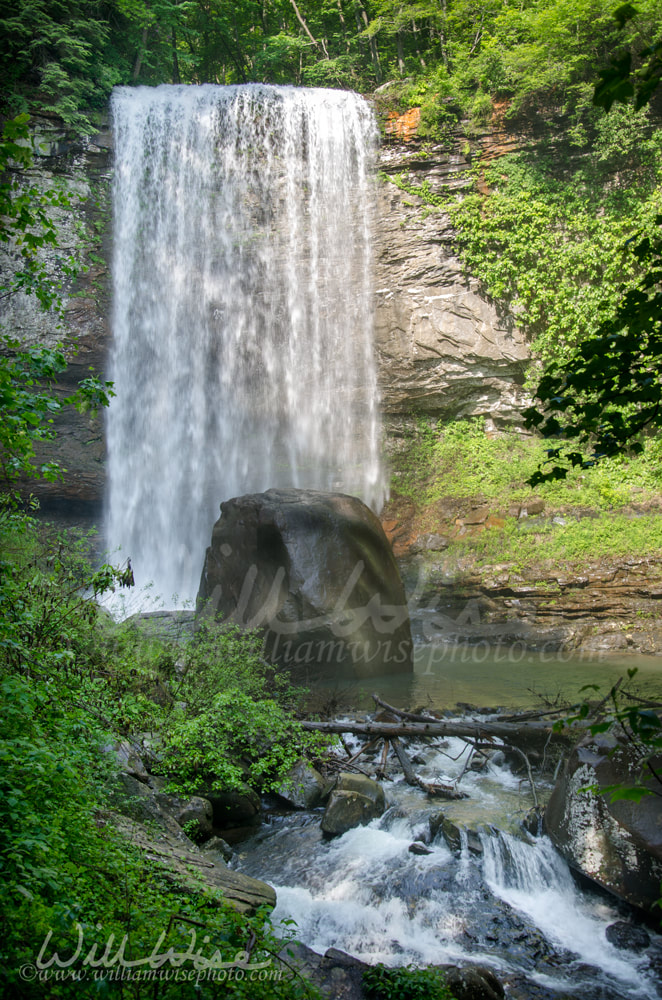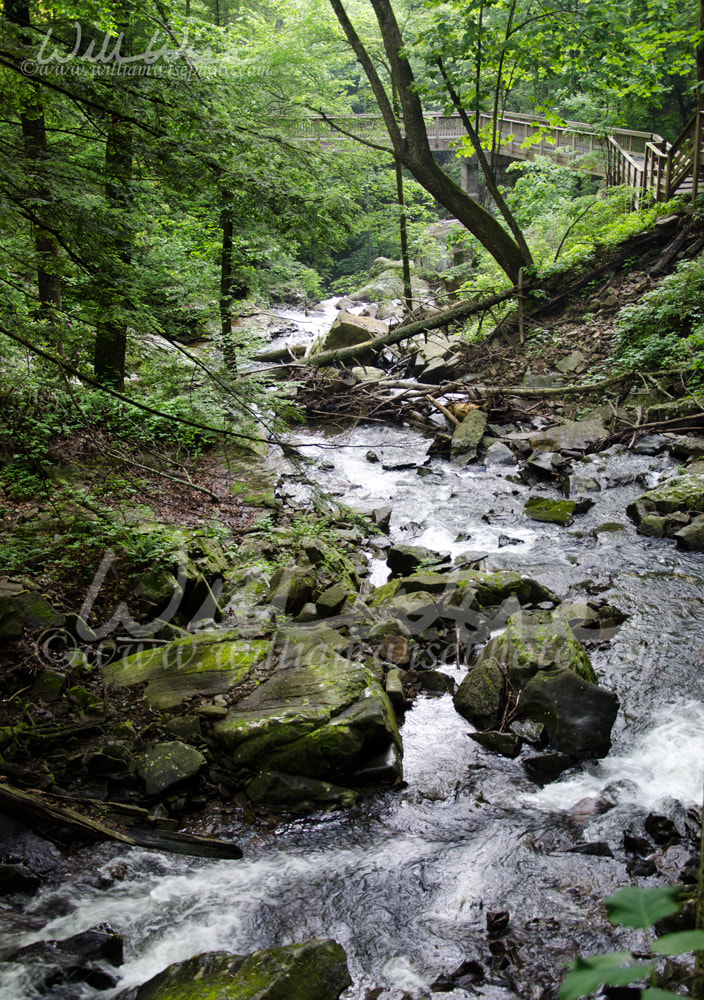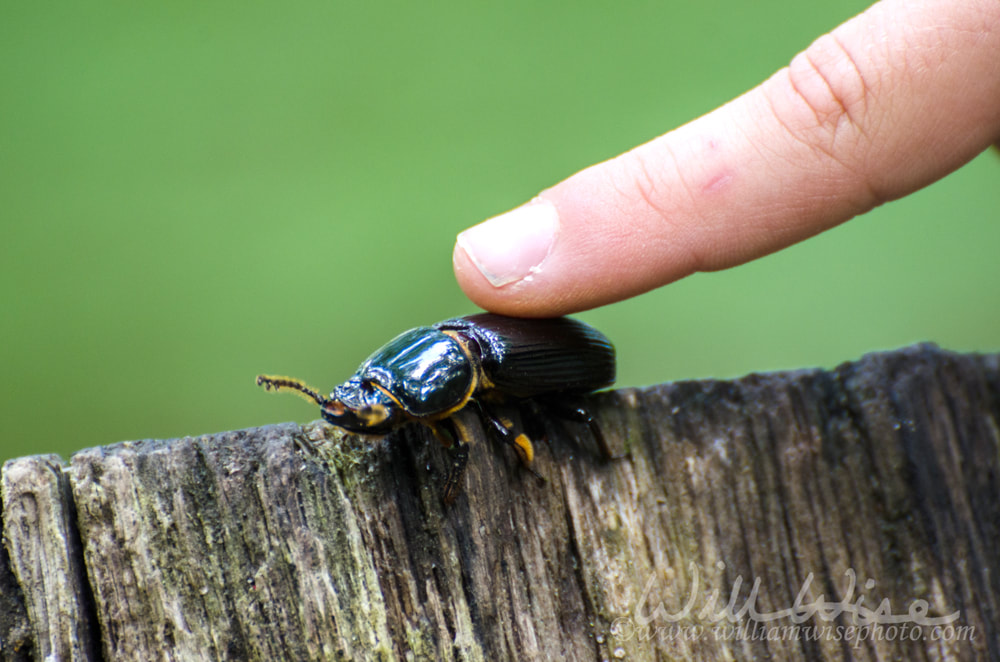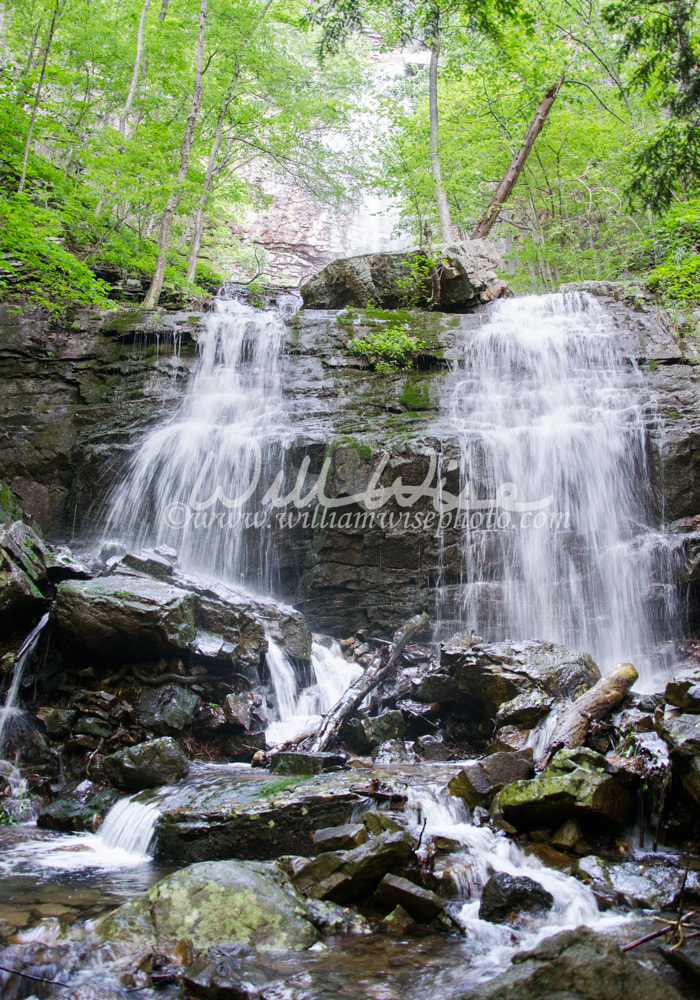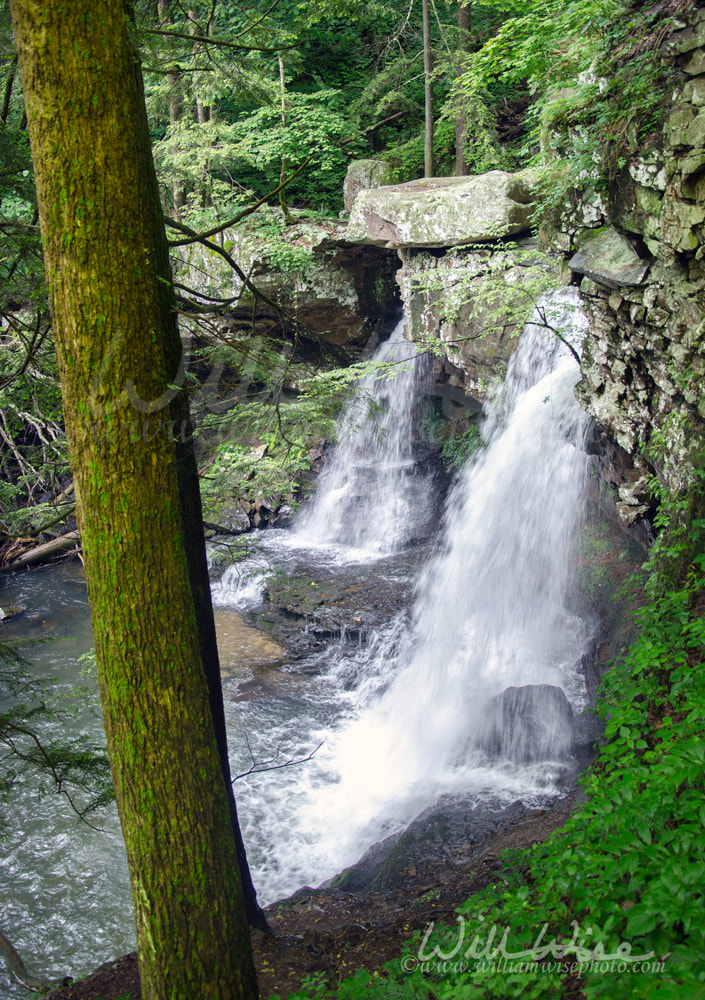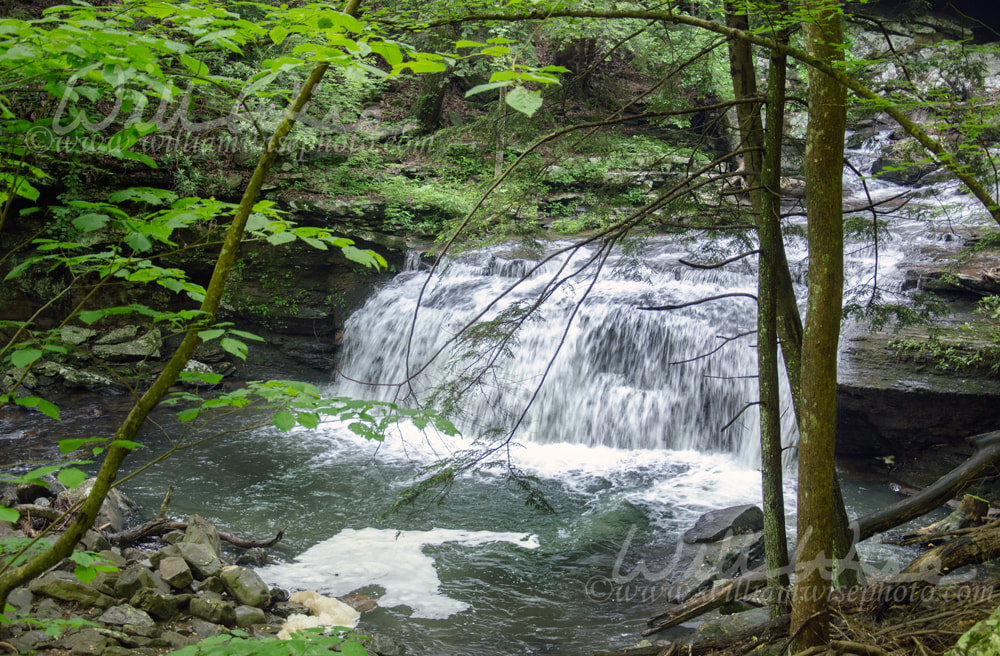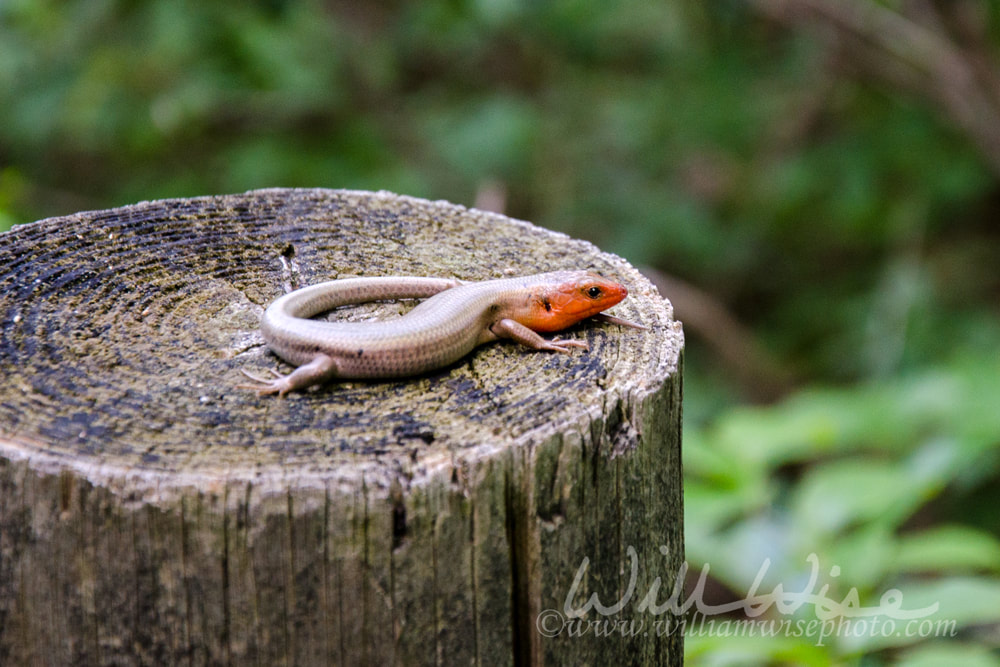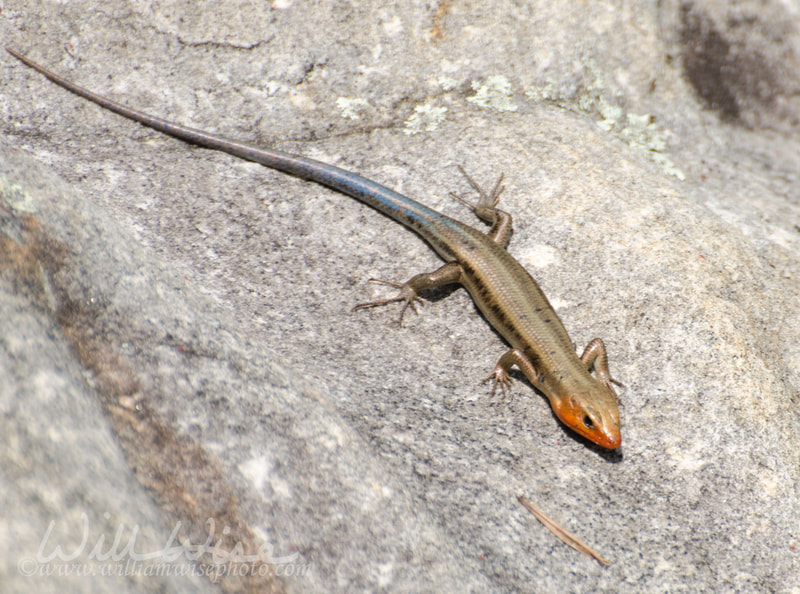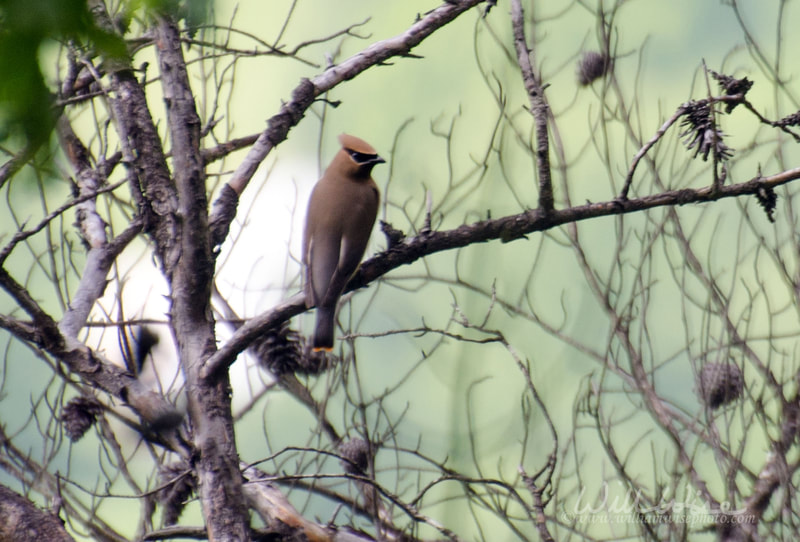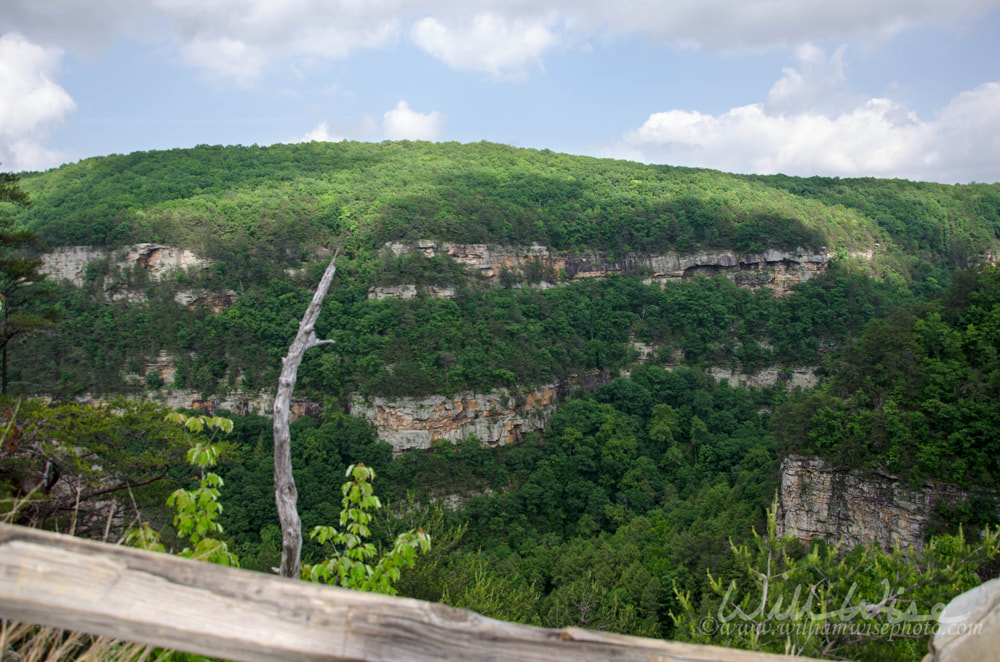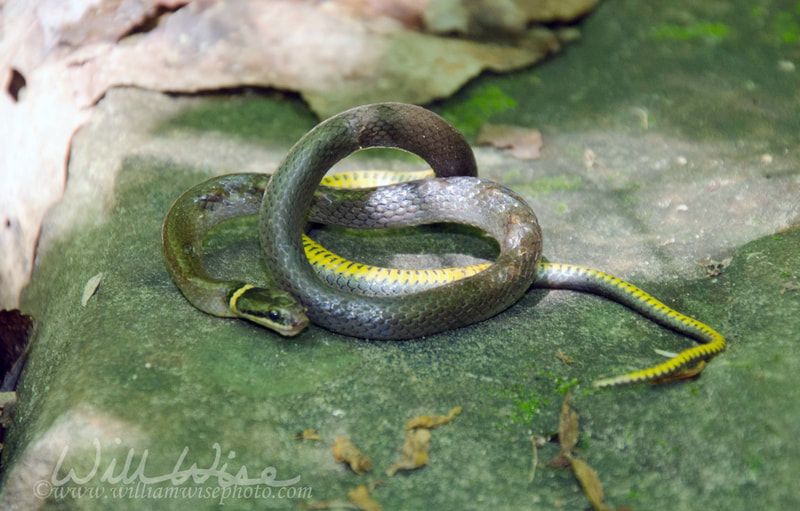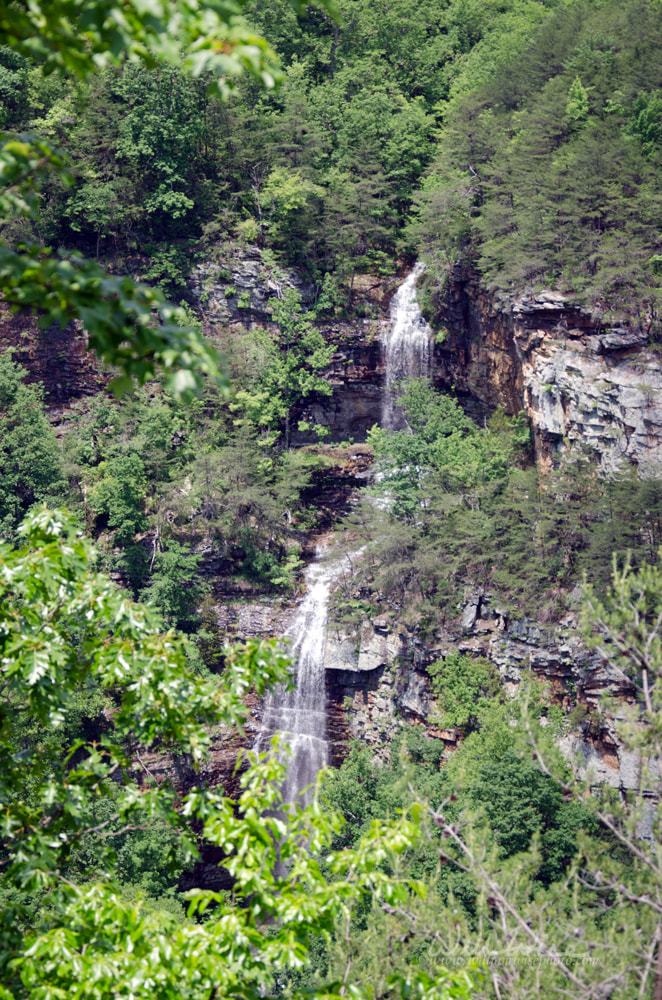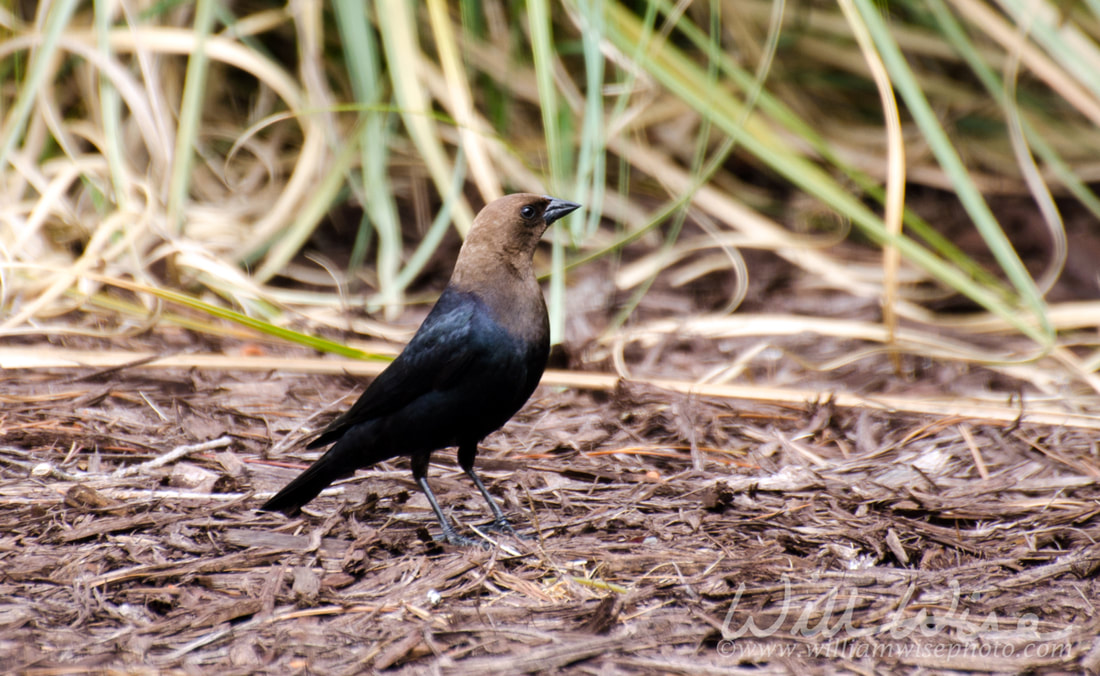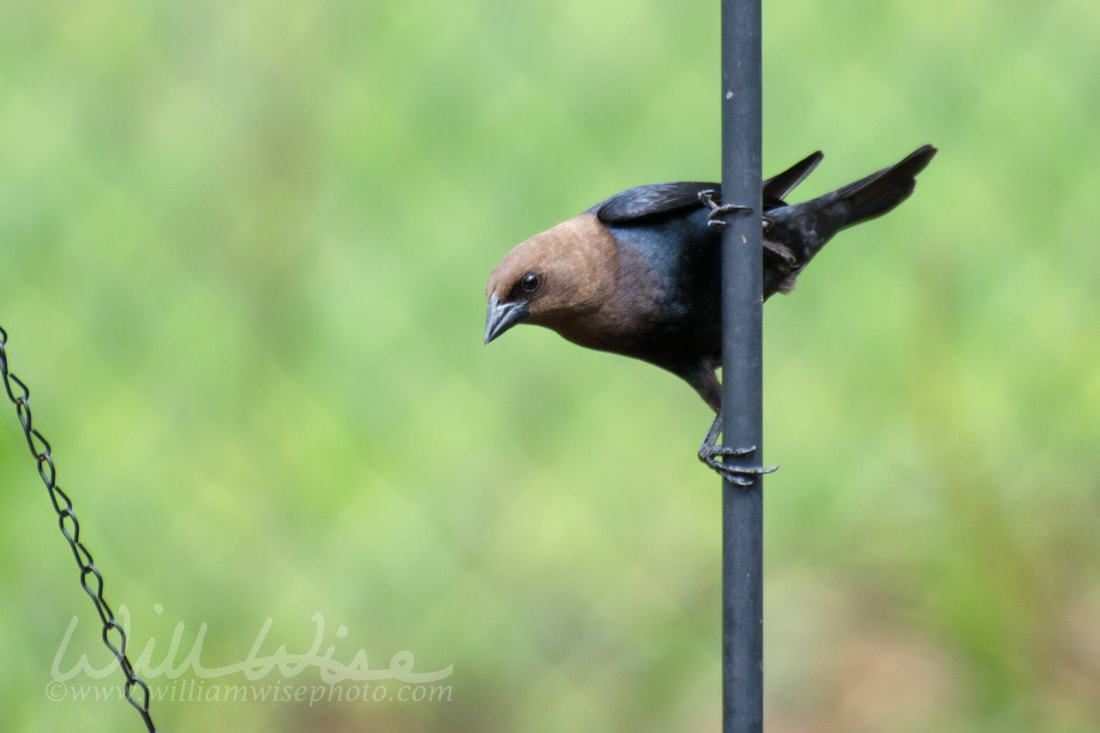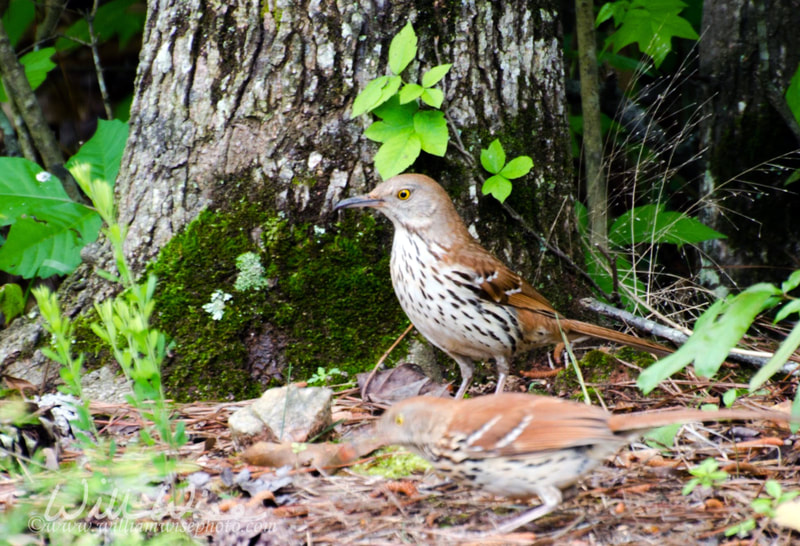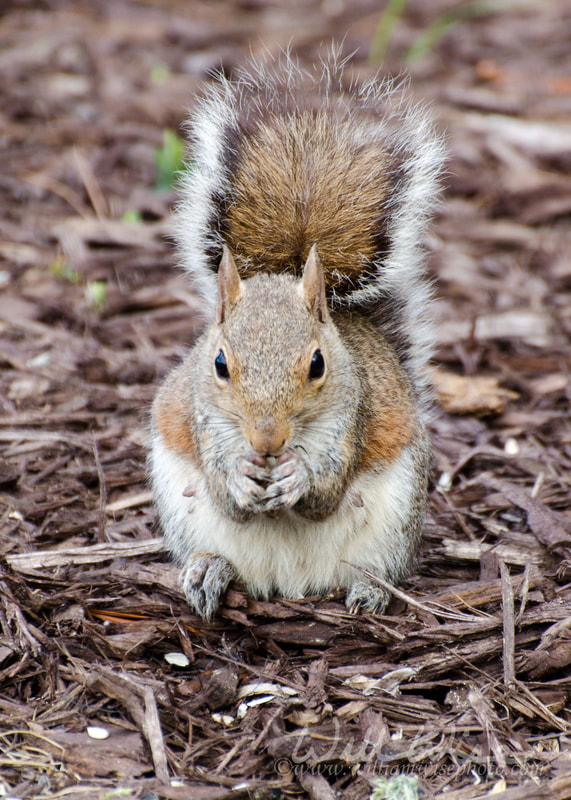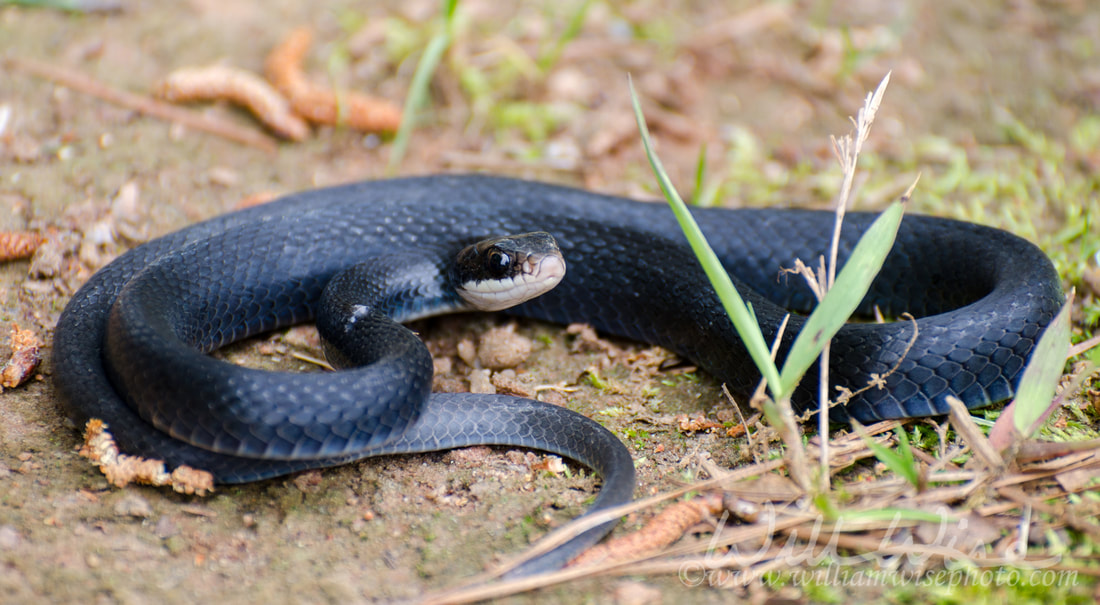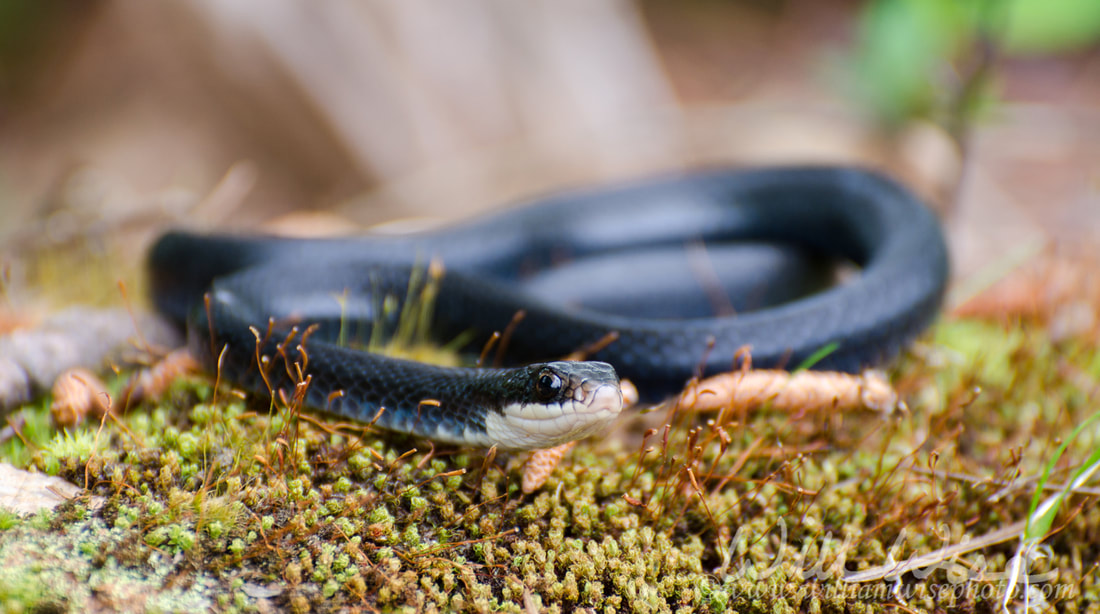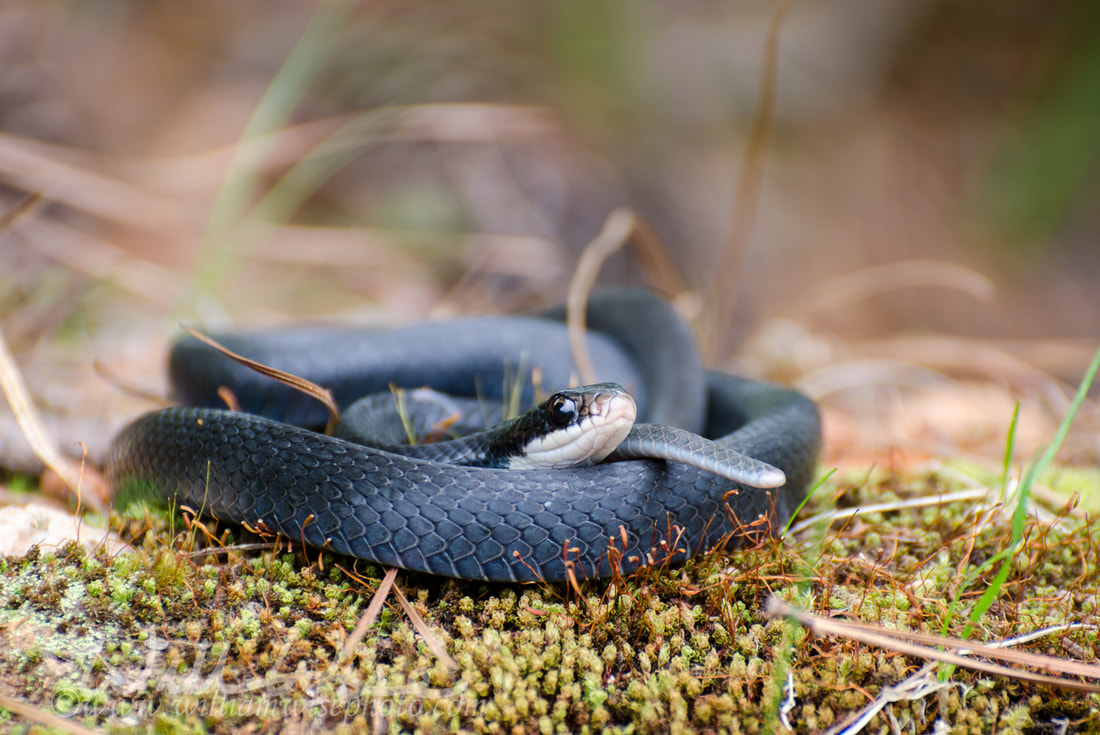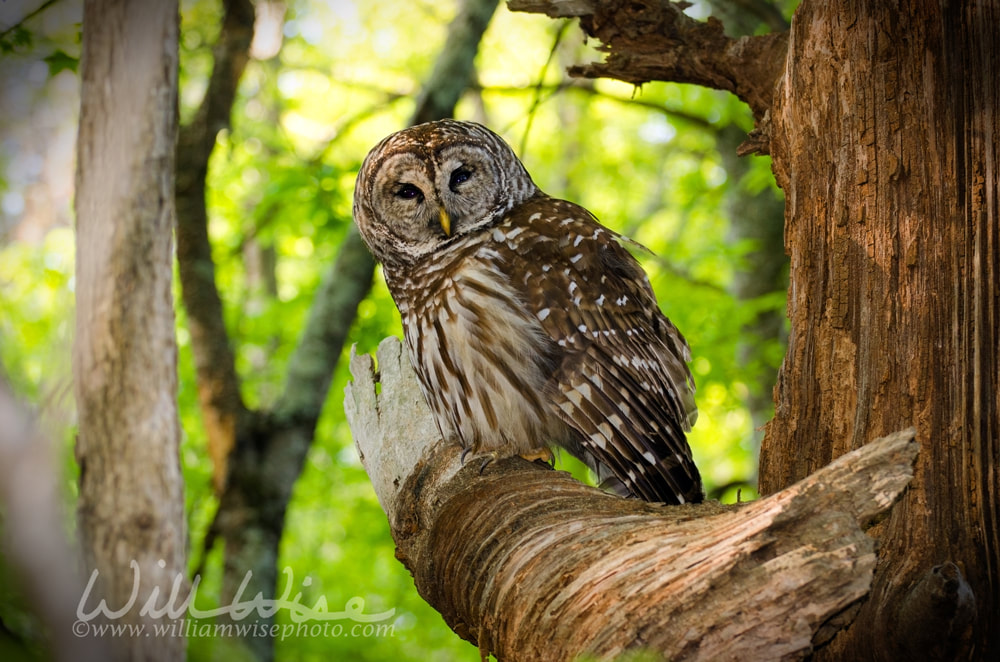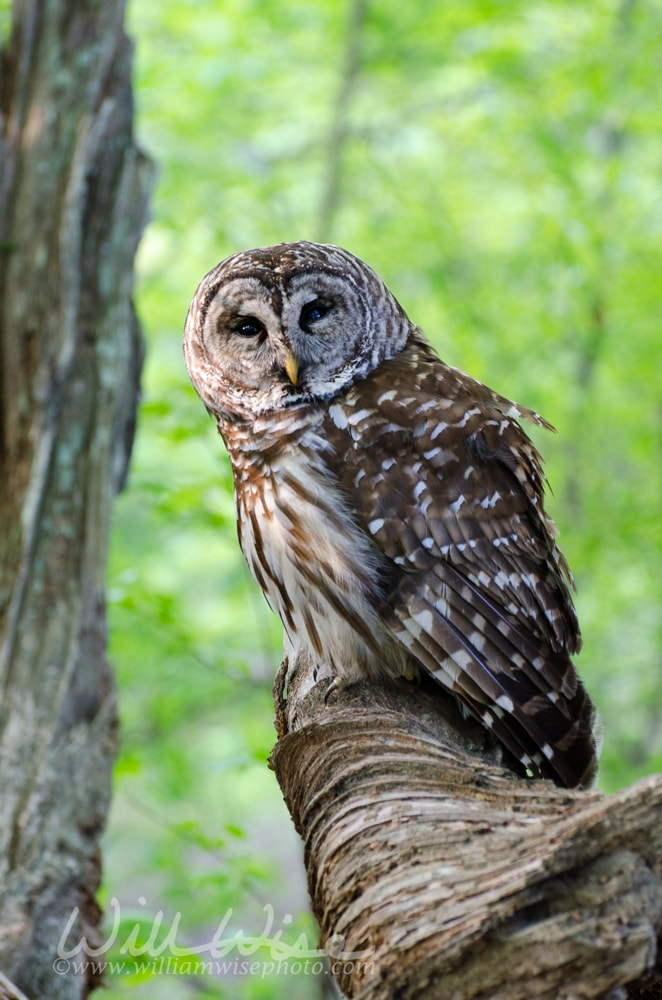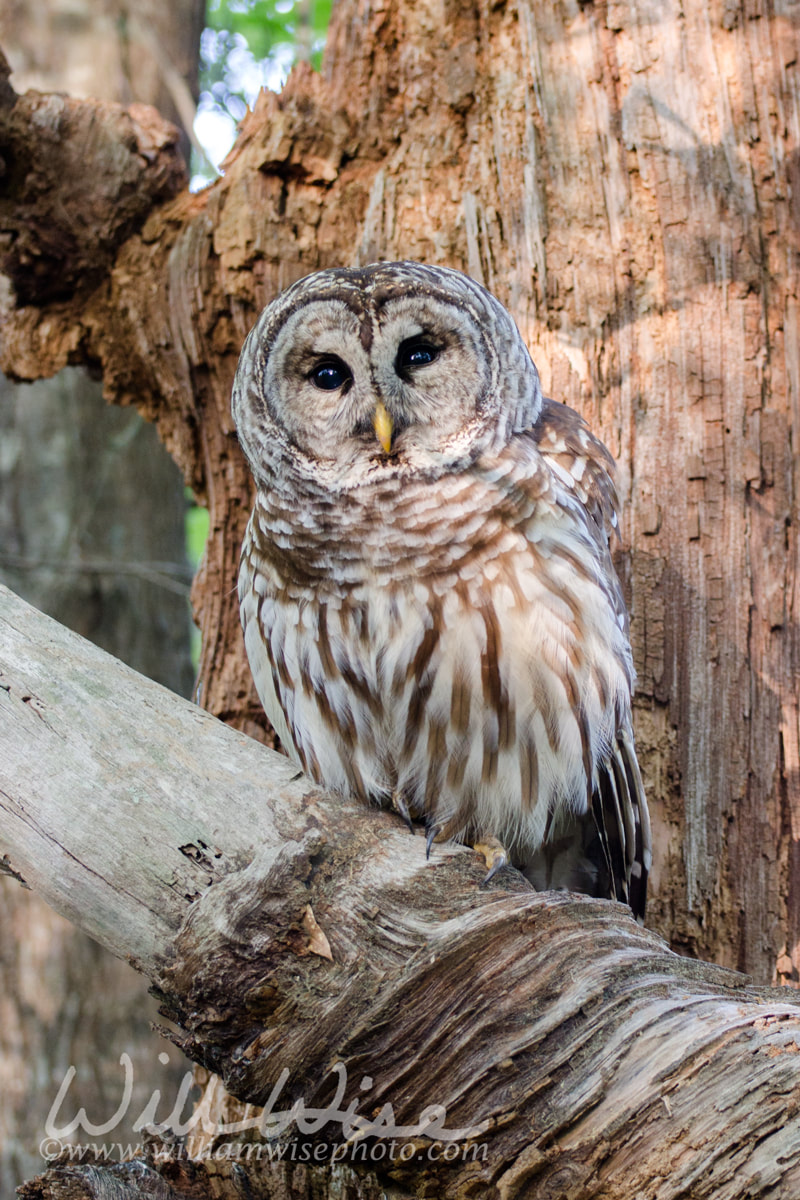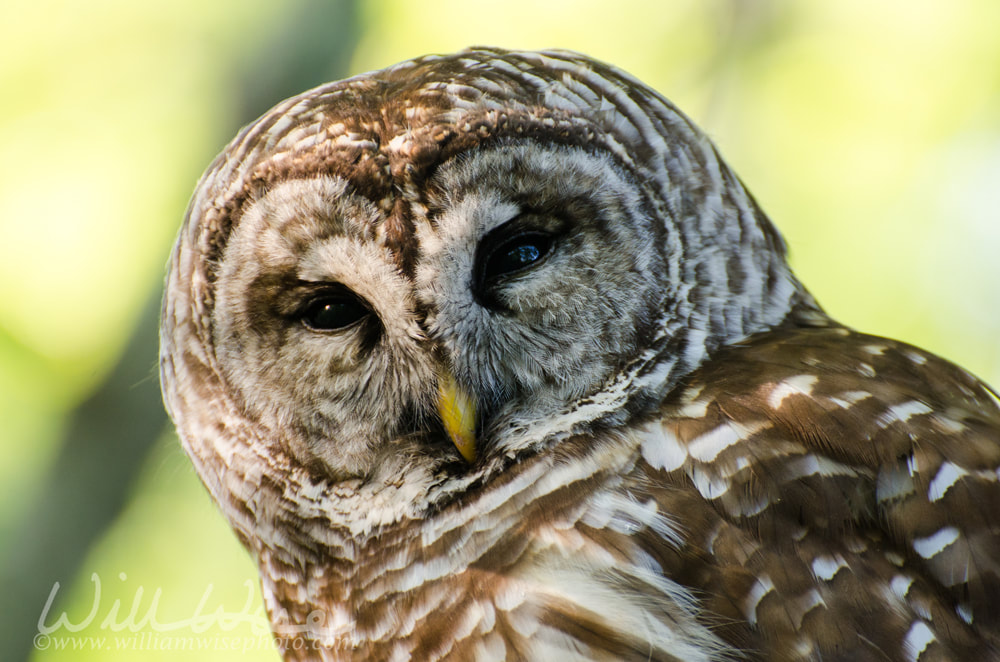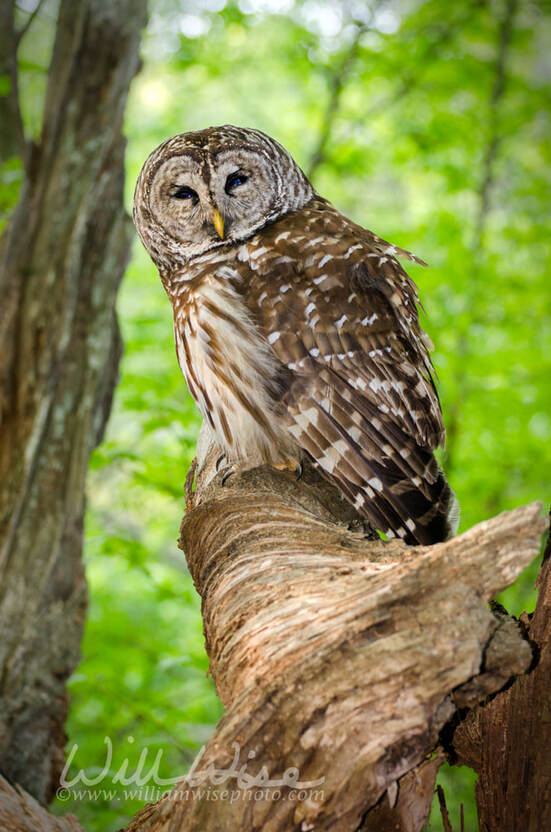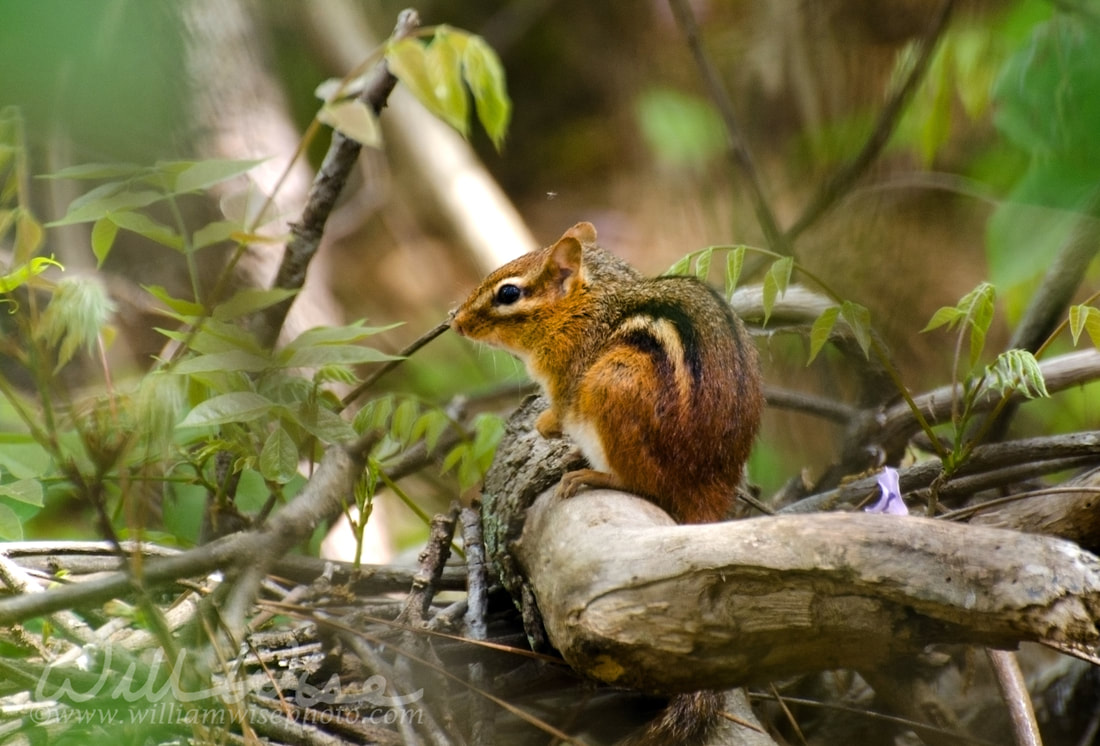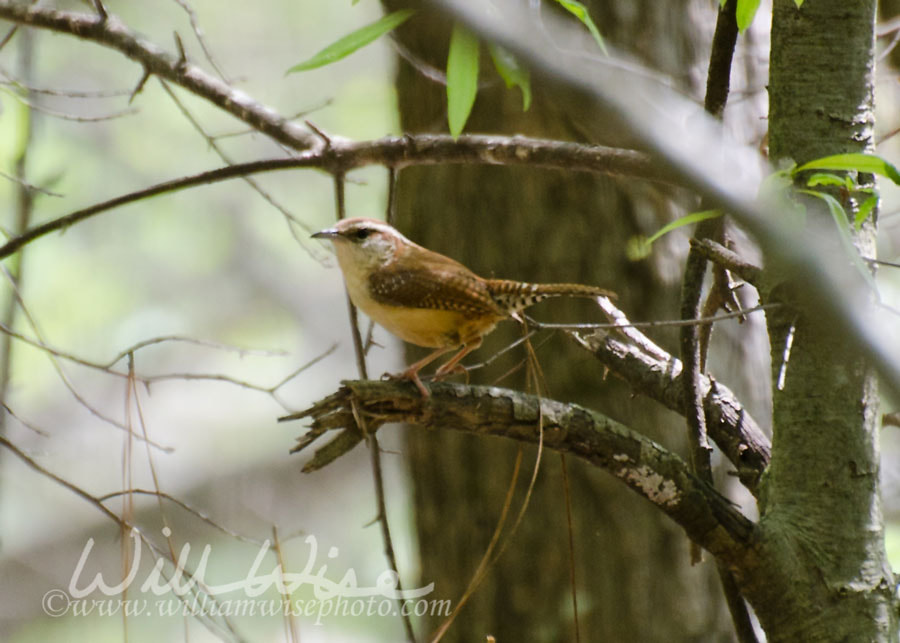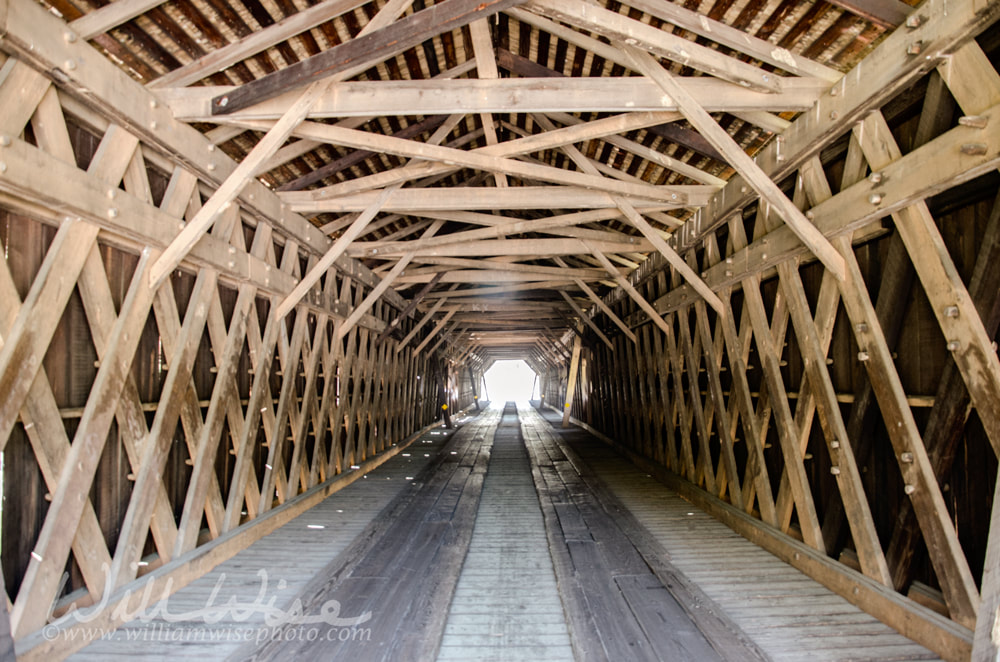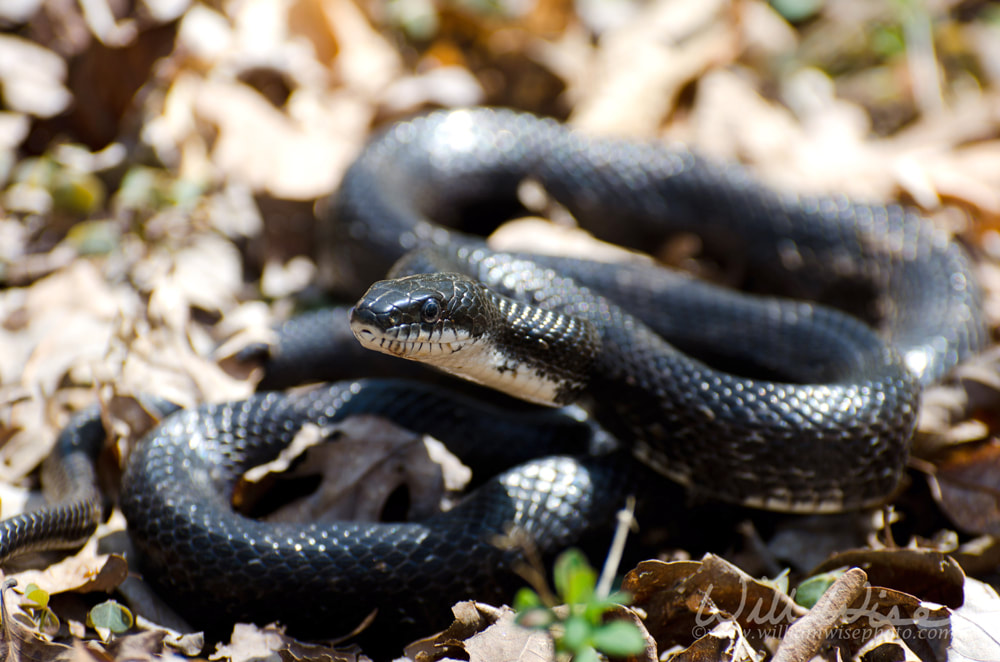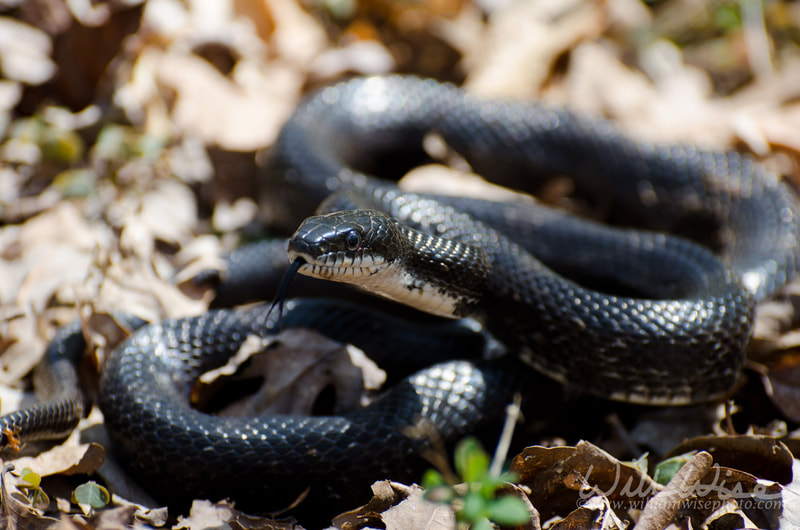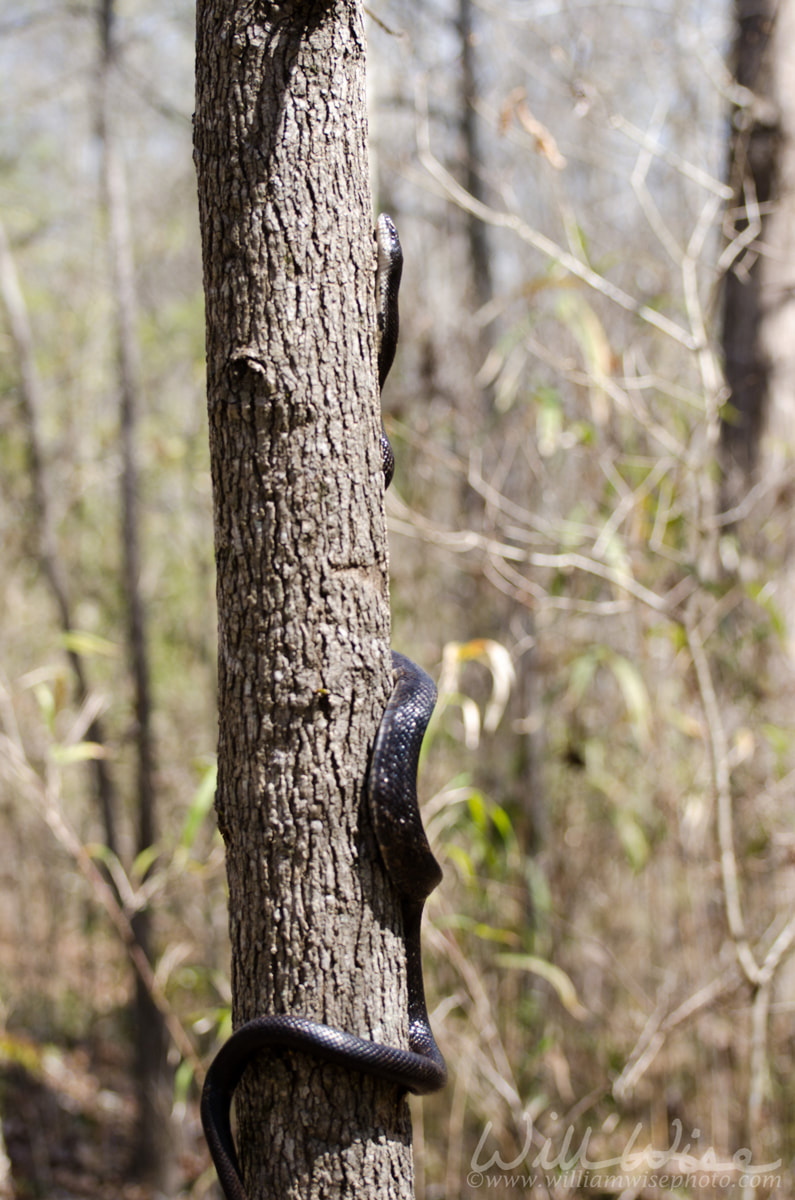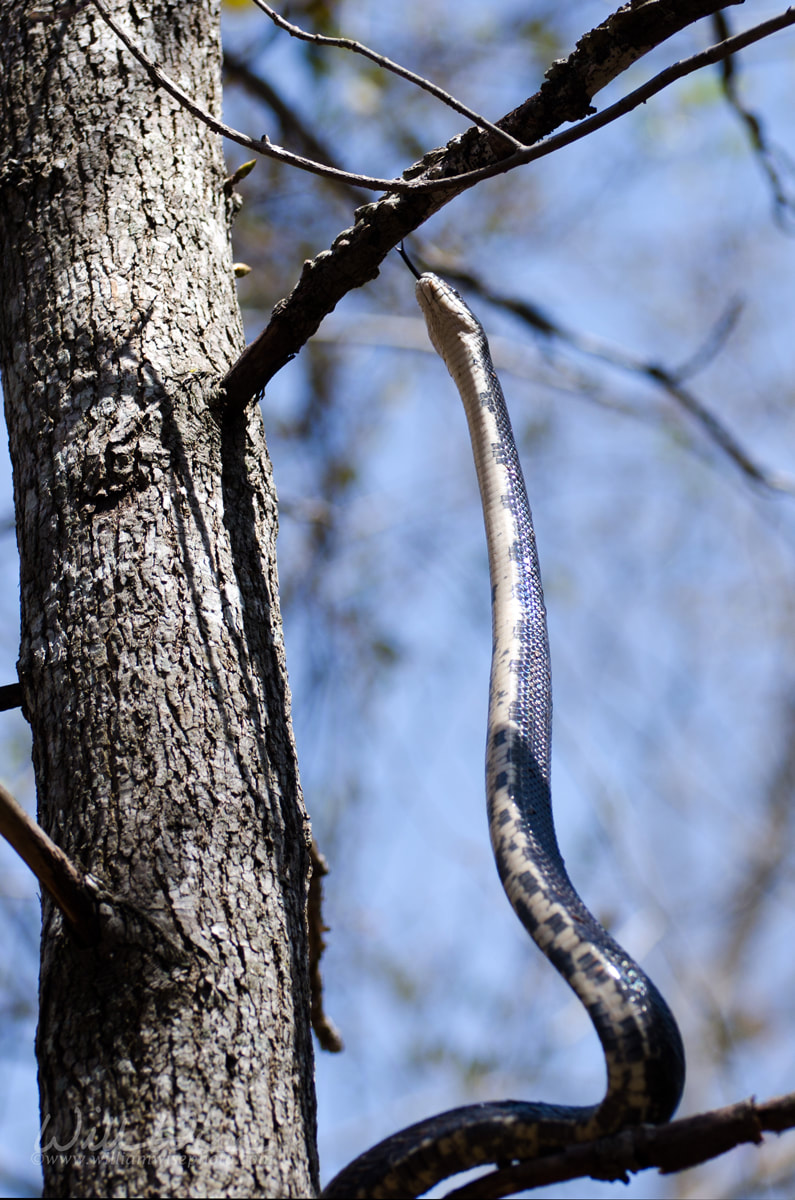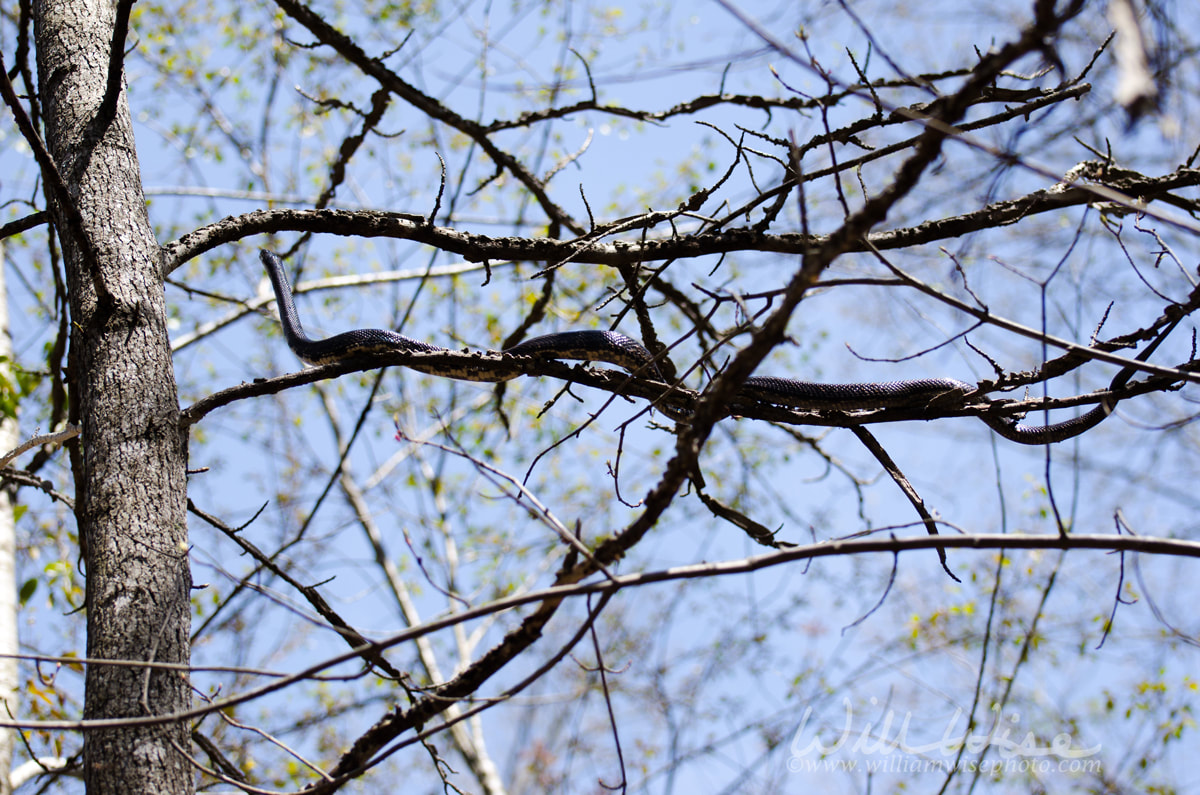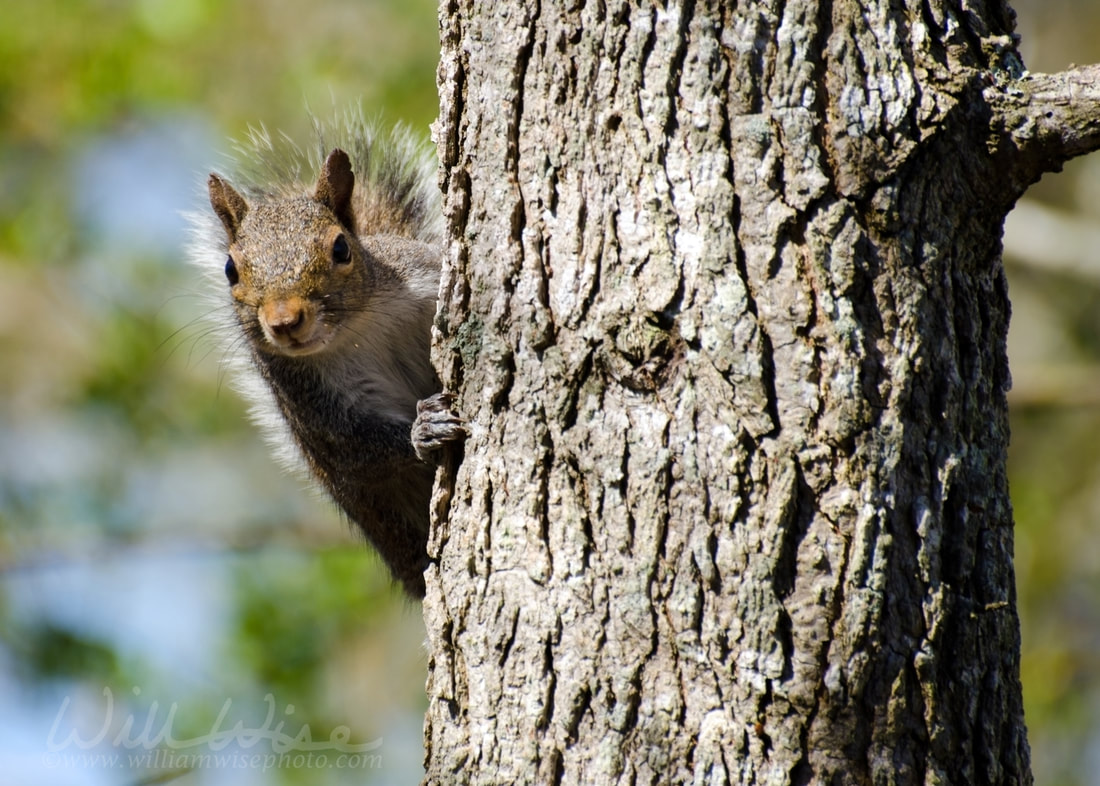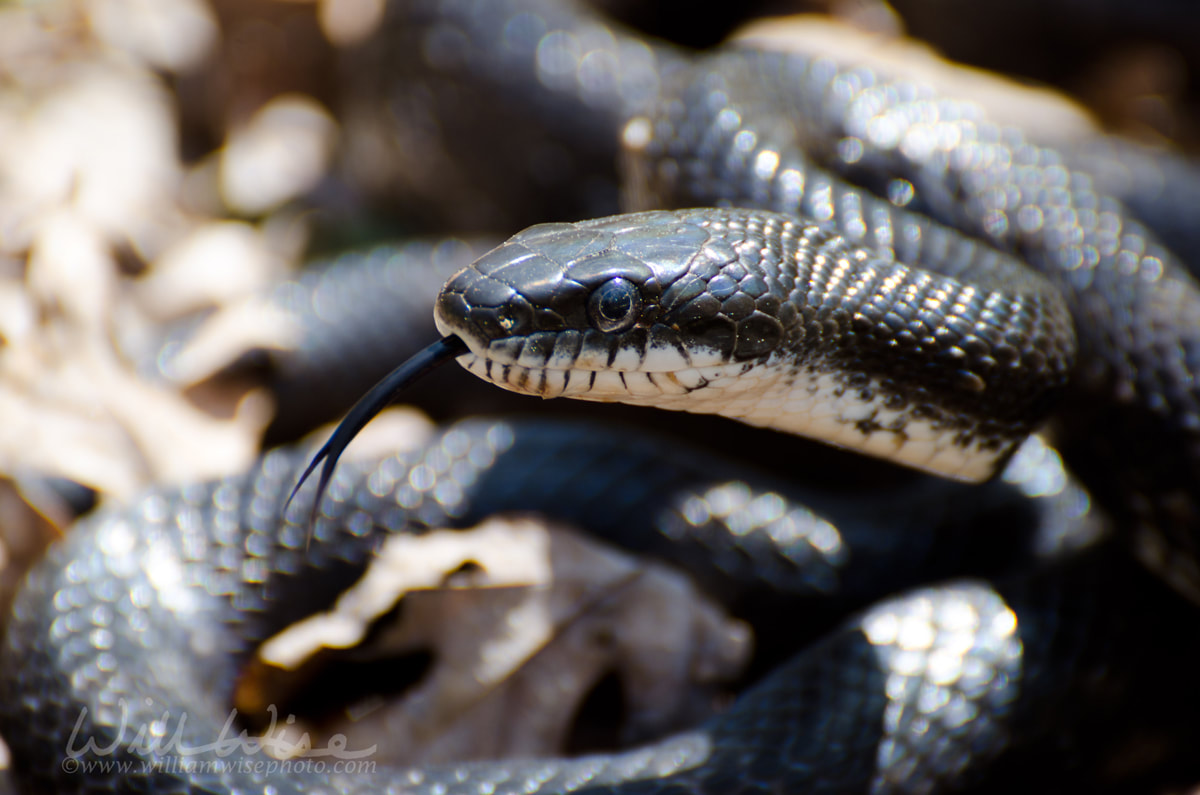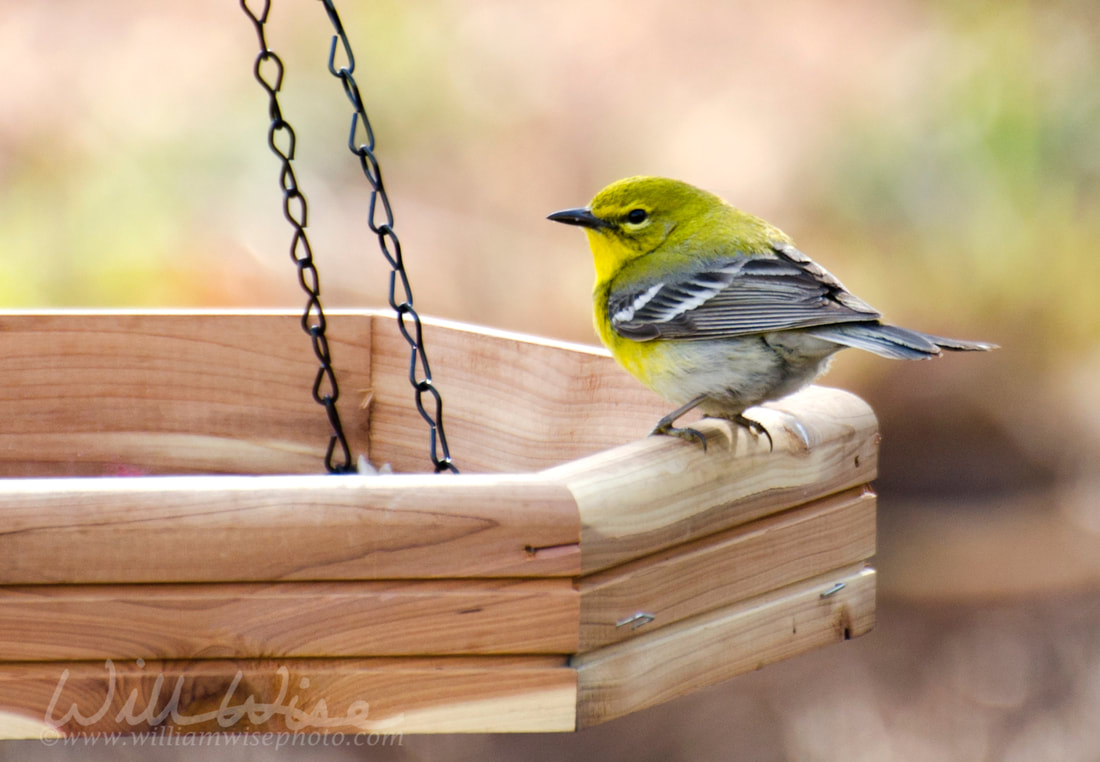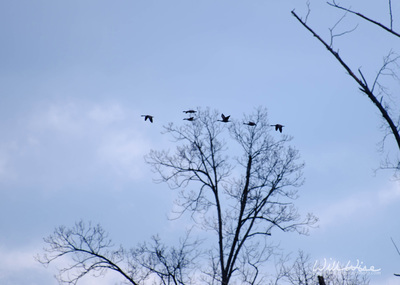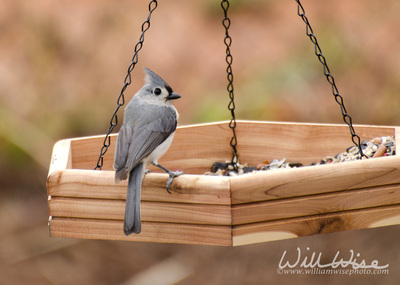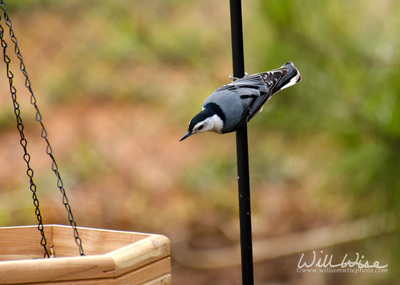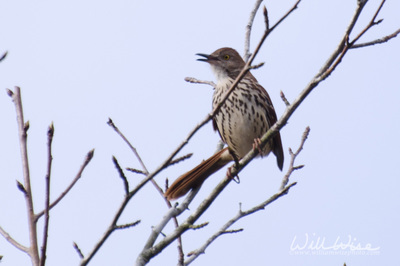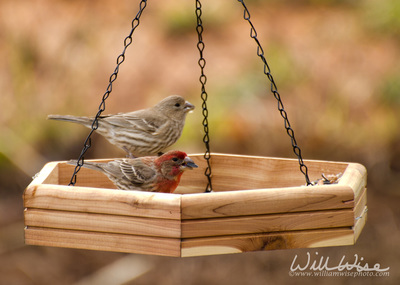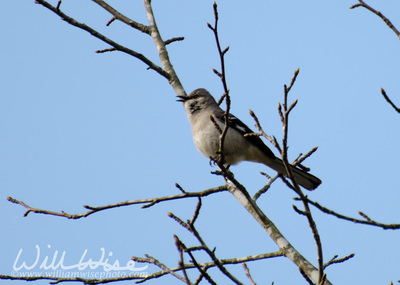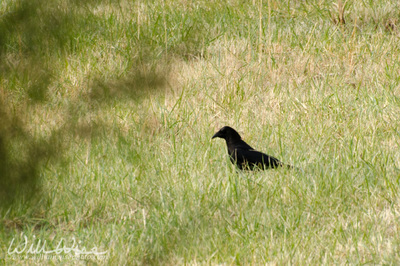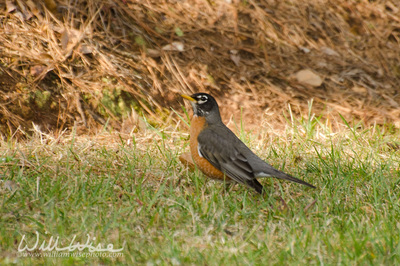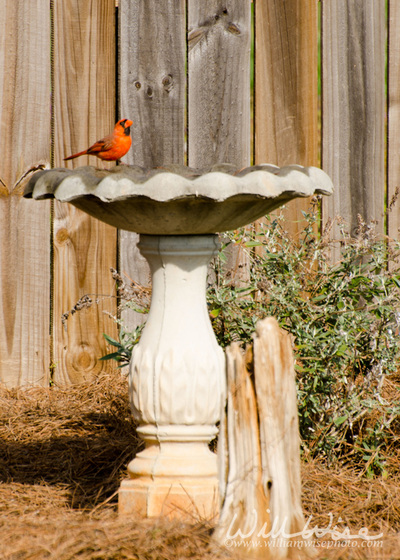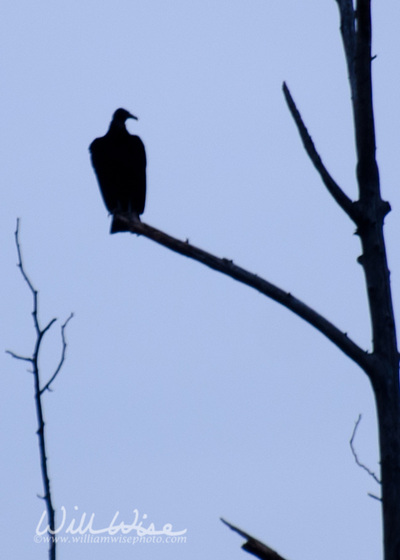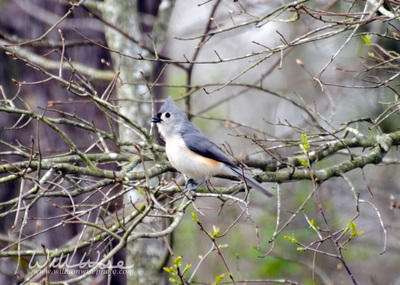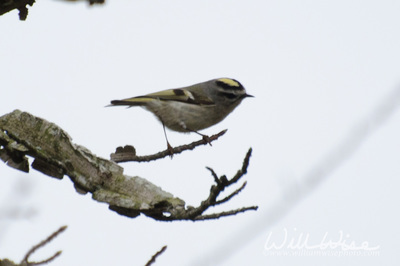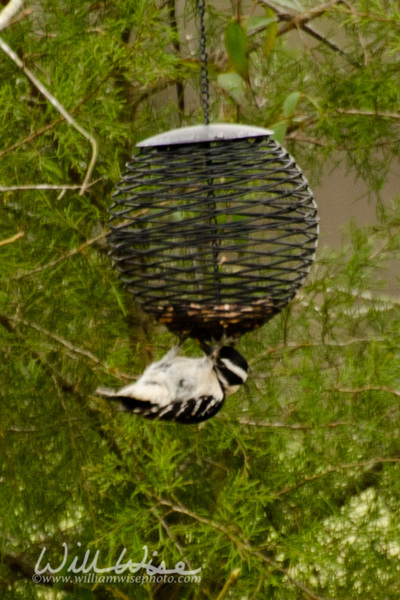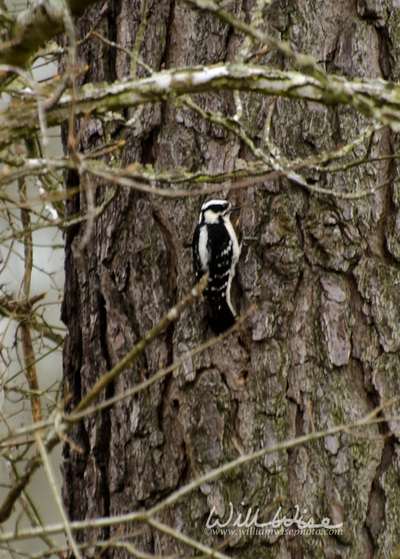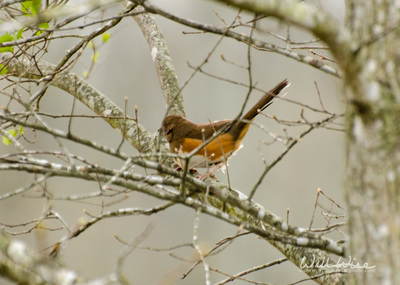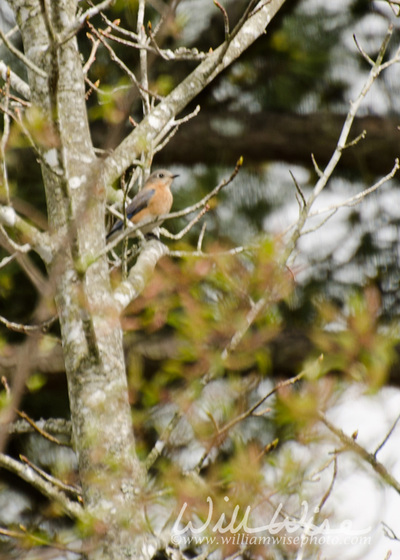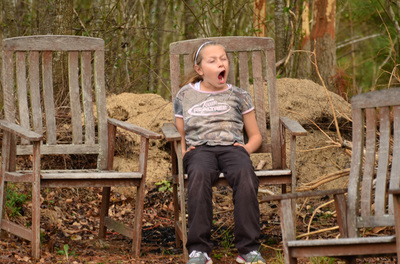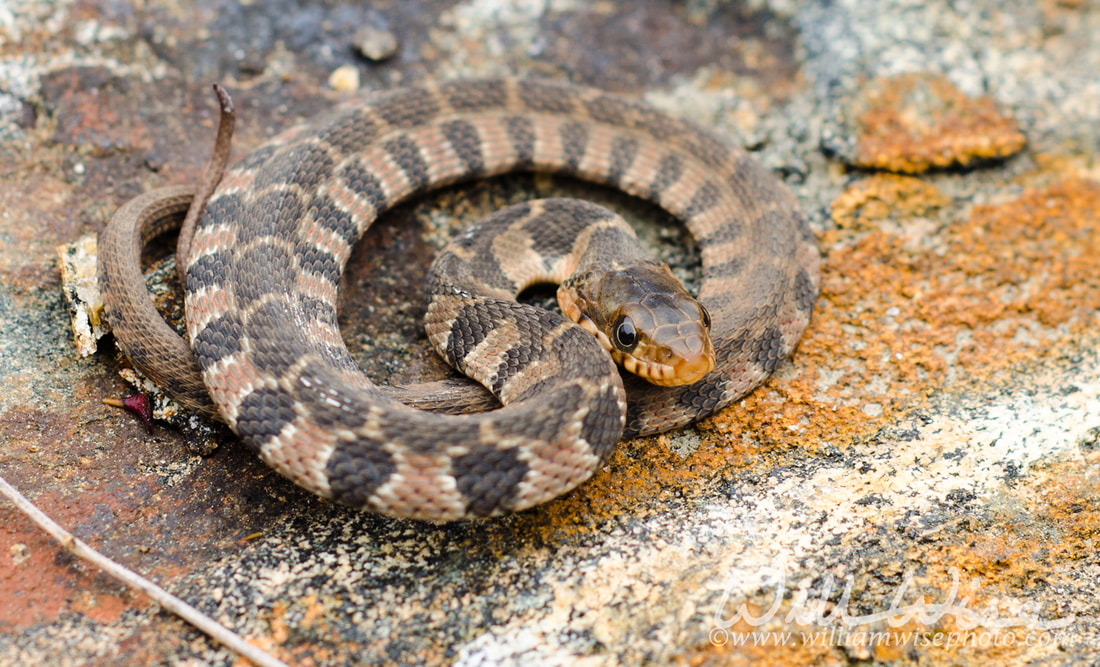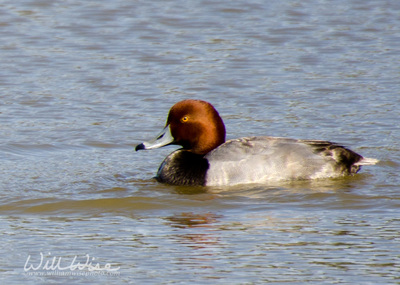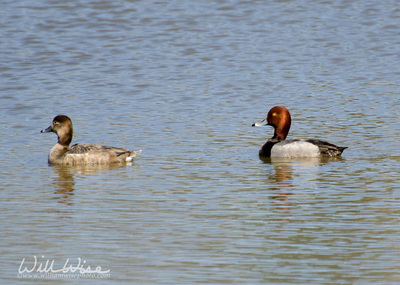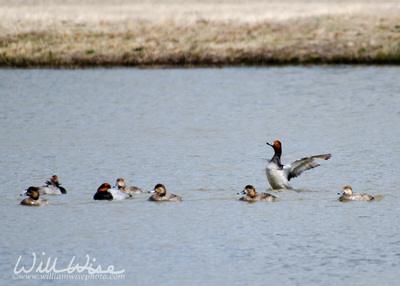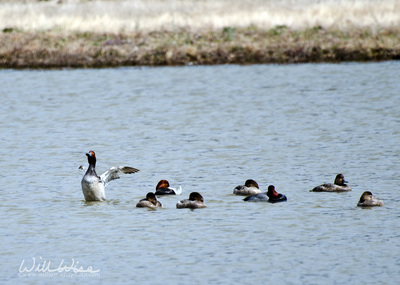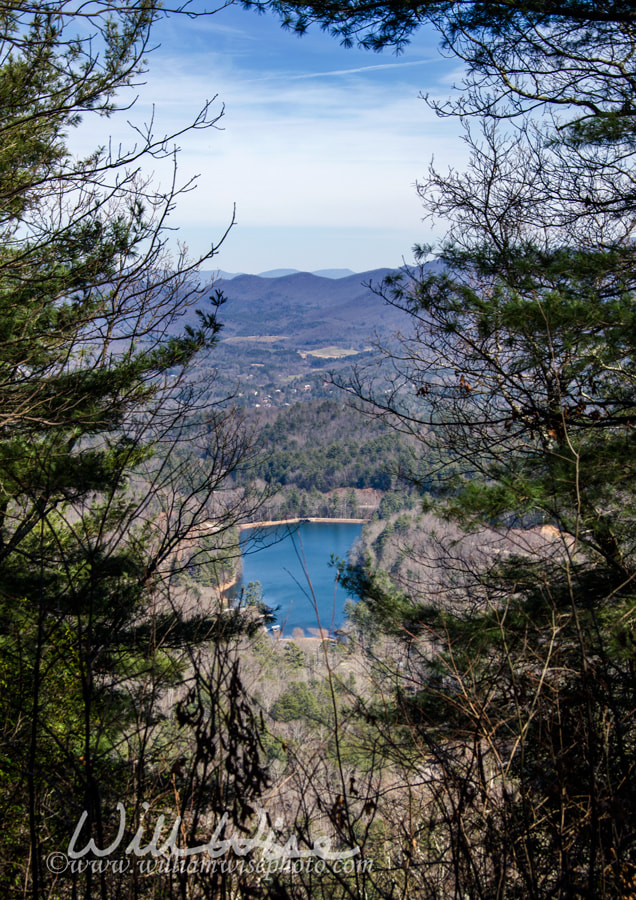|
While visiting my family in Illinois, I made a springtime trip to the Exner Nature Preserve. In the woods along the marsh edges I got my first closeup view of a large Sandhill Crane. I soon found why it wasn't flying off: her awkwardly long-legged colt was not far behind her. Cranes usually lay two eggs in the spring and often only one chick survives. For the first three to four weeks, the chicks sleep under the mother's wings until they grow to be colts. They beging to forage on their own and practice flight. By the end of summer they are ready to migrate with their parents.
0 Comments
A short day-hike to Unicoi State Park in Georgia for my birthday.
Descending the boulder-lined switchbacks, we entered the cool shadows of the canyon. Mountain laurel and Rhododendron decorate the walls and slopes; their delicious aromas delighting the senses. As we reach the gorge floor, we turn upstream toward the sound of thundering water and the dampness of the fall’s mists. A beautiful work of creation; a true temple not made by human hands. To date, Cloudland Canyon is my most favored Georgia State Park that I’ve visited. The park's website is no exaggeration when it states, "Cloudland Canyon is one of the largest and most scenic parks in Georgia. Home to thousand-foot deep canyons, sandstone cliffs, wild caves, waterfalls, cascading creeks, dense woodland and abundant wildlife." Although we had only a few days, an entire week could easily be spent within the park. The rim trails atop the canyon’s edges provide incredible views off into the distance and deep within the gorge itself. Once down into the gorge, the hike along the river provides no less than six waterfall views. And the reptiles! What an abundance! Other than the swamps of south Georgia, I had never encountered so many great finds in such a short period. Plenty of lizard species and wonderful encounter with a large Timber Rattlesnake sprawled across the trail. A kingsnake pointed out by other hikers was the “cherry on top”. Saturday, 9:34 AM. An unusually chilly (54°), wet, drizzly, windy cold morning for a May Saturday. Looking out the empty feeders I saw a Blue Jay and Downy Woodpecker. Feeling bad in my warm house, I went to fill the empty feeders. Once out there, I saw 4 small blackbirds. Being relatively bold, they stayed in the tree as I approached. Black bodies, bronze heads. I went and confirmed their call on allaboutbirds.org… Brown-headed cowbirds (Molothrus ater). They are much smaller than I had thought.
When I pointed them out to my young daughter Megan, she asked if they go “Moooooo”. I was able to get their photos two days later when the weather was much more pleasant. Athens, Georgia Normally I go on day hikes or extended trips whenever I can get away in hopes of finding some cool wildlife. Well, when I reached down to open the lid to my sprinkler system valves in my backyard I wasn’t expecting a long, slender, rapid Racer to shoot out at me! Just goes to show that sometimes those good wildlife shots are right in our own backyard!
This gorgeous Barred Owl was picked up by an animal control officer in Walton County after it had been struck by a vehicle. We placed it in a covered crate overnight. Early the next morning it seemed alert and responsive so we brought him outside for release. He said upon a snag for a short period of time, allowing a great photo opportunity. I checked on it throughout the morning and he finally flew off. This immature Virginia Opossum was brought to the animal control shelter where I work by a well-meaning citizen. However, while some juveniles may appear orphaned, it is often best to leave them alone if possible.
 William Wise Photo Nature Notes is a wildlife, birding and nature photography blog documenting the wonders of God’s creation. “But ask the animals, and they will teach you, or the birds in the sky, and they will tell you; or speak to the earth, and it will teach you, or let the fish in the sea inform you. Which of all these does not know that the hand of the Lord has done this?" Job 12:7-9 A day hike to one of our nearby Georgia State Parks - Watson Mill Bridge State Park in Georgia. My young daughter and I were exploring the green space in our neighborhood and came across this Eastern Rat Snake coiled in the leaves. I wanted her to see their great climbing ability so I placed it on the side of a Sweetgum. Up, up, up it went! I don't think the squirrel nearby was too happy with its presence.
Saturday, 9:02 to 10:02 AM - With the first signs of spring finally arriving, the morning temperature was a nice 51 degrees. There was a cool breeze, but the rays of sun were nice. Hearing a good bit of chirping and singing, and seeing little creatures flitting about the wood line, I decided to camp out at the feeders to see what I could see. It was obvious the birds were back as I spotted 15 different species in my backyard in just an hour.
On Sunday, I sat out for about another hour-and-a-half and, in addition to many of the species seen the day before, spotted 5 more different species.
Twenty-one species in just a few hours! That may pale in comparison to the 264 bird species spotted in one day by Team Sapsucker in April 2012, but still a thrilling couple of hours for an amateur birder and his daughter! (Okay, maybe she wasn’t as thrilled as I.)
There are creatures that lurk in the dark waters… creatures that make our skin crawl… creatures that evoke fear. But what is the source of that fear? Is it truly the long, slithering serpent itself that brings these untamed emotions to the surface? I’d dare say “no”. It is actually fear of the unknown that makes us fear. It is our ignorance of the creatures around us that drives our irrational thoughts.
The majority of the snake calls I receive through my animal control job are, in fact, harmless. Although every caller thinks they have a copperhead or “water moccasin” in their living room, ninety-nine percent of the time it turns out to be some species of rat snake or water snake. Yes, the water snake genera (Nerodia) are thick, heavy keeled snakes just like the Cottonmouth or Copperhead. And they too prefer and overlap in wet habitats. But a little bit of study of a few key features can turn someone’s uncontrolled hysteria into a mild caution. Both the Cottonmouth and Copperhead have vertically elliptical pupils; the water snakes have round pupils. “But I’m not going to get that close to look at its eyes!”, most people say. So studying the range of each snake and pattern is also a key to identifying. But either way, stay calm, back off, and let it be. There is no need to go chopping off the head of a harmless creature because of an irrational emotion borne of ignorance. As I step outside this morning the realization surrounds me: now it feels like spring. Feel the warmth of the golden sunrise beams falling upon the face. Hear the previous months’ silence broken by the songbirds. A mockingbird is scolding and chasing off another mocker. They are back! Singing wildly, chasing, scolding, establishing territories.
I feel refreshed this morning. Two days of camping followed by a good, comfortable sleep in my bed… I am revived. I am looking forward to worshiping my Creator in church in a few hours. I am grateful for the opportunity to be leaving my home earlier than the rest of the congregation to serve by getting the building ready for service. Though not as enjoyable as hiking the Gahuti Trail, I am enjoying my drive to church. A bright red cardinal darts by; a squirrel contemplating a dart across traffic; a beaver that contemplated and decided poorly (of all places, a roadkill beaver on Beaverdam Road); another red flash; four black vultures on the power line, three on the tower and one quite ungracefully trying to balance on the wire; another two red flashes… six Cardinals in all on my short drive. Feel the warm spring sunrise. I am arriving at church; closing the notebook and preparing for a Sabbath’s day of worship and service. More and more Readhead Ducks (Aythya americana) have begun to settle on the pond over the last few weeks affording some better photography.
Walton County, Georgia 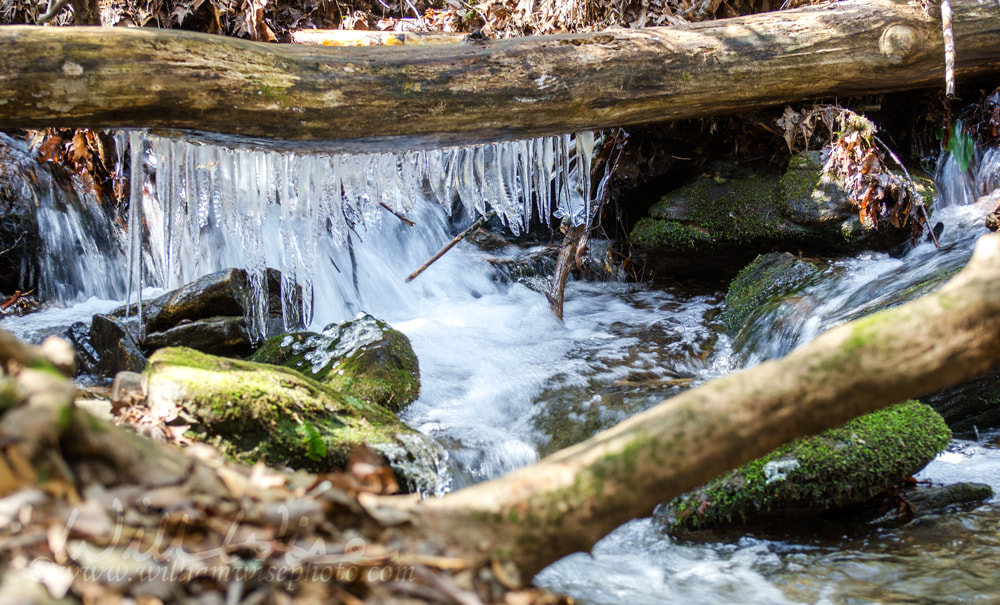 Icicles in cold North Georgia Mountain Stream Vogel State Park in Georgia is located at the base of Blood Mountain in the Chattahoochee National Forest. Much of the park was constructed by the Civilian Conservation Corps during the 1930s. The park features streams, a waterfall, and Lake Trahlyta. Bear Hair Gap Trail, Coosa Backcountry Trail, and the Appalachian Trail near Neal`s Gap. A crisp breeze moves through the pines. The continuous climb of the stream-side trail elicits some heavy breathing which can be seen in the chilled air, cleansing the lungs. An array of crystal spikes hang inverted from the fallen trees that straddle the waterfall and drip shimmering, crystal drops. What a beautiful day for a hike! What a beautiful place to do it!
Vogel State Park is located at the base of Blood Mountain in the Chattahoochee National Forest in North Georgia. It is one of my favorites as it embodies that Appalachian Mountain beauty. The well-laid trails are perfect for even young hikers like my daughters. As we learned at an interpretive lesson that evening at the park headquarters, much of the park was constructed by the Civilian Conservation Corps during the 1930s. Those were tough depression days, but they spared no gift in laying out this park. After several hours, we make it to the peak of Bear Hair Gap Trail. An overlook through the trees reveals Lake Trahlyta far below. At 2,500 feet elevation it is one of Georgia's highest altitude state parks. My desire was to backpack the Coosa Backcountry Trail, which leads to the Appalachian Trail near Neel Gap, but my girls are still far too young. But still, this day hike is quite fulfilling, soaking in the mountain landscapes. |
Categories
All
Archives
September 2025
|
|
All content is ©williamwisephoto.com. Please don't steal images. My images are available at dreamstime.com. Stock sales go into the shelter photography program.
|
In December 1993 I came to know the Designer and Creator of this wonderful planet and its creatures: Jesus Christ.
|
Donations help support the animal shelter adoption photography equipment and adoption website hosting and domain fees. Thanks for your support!
|

